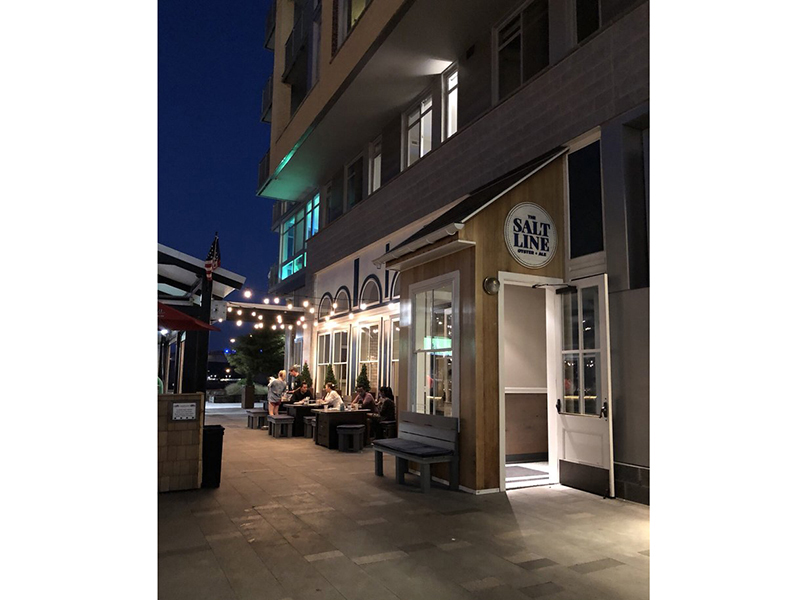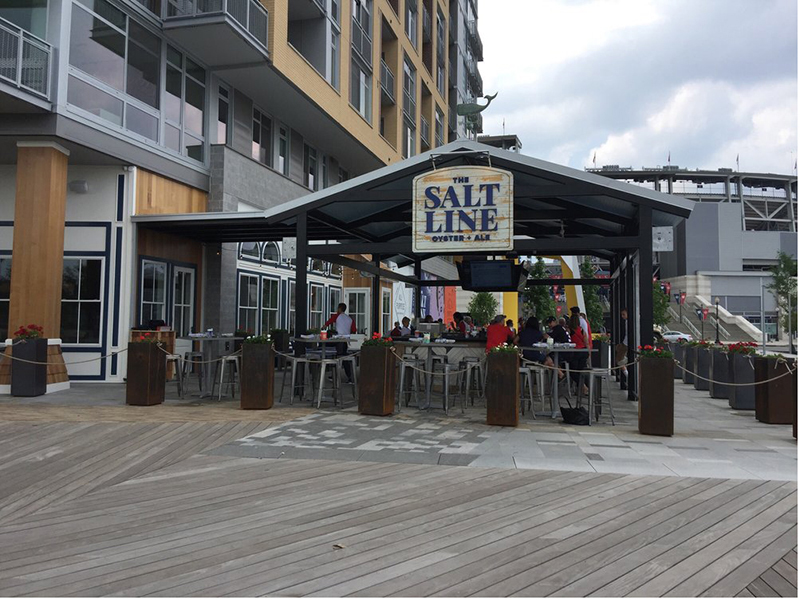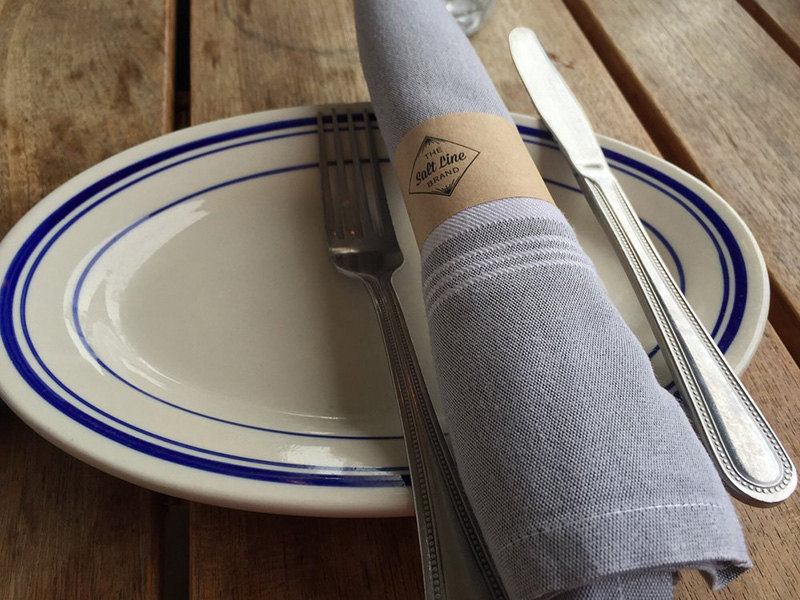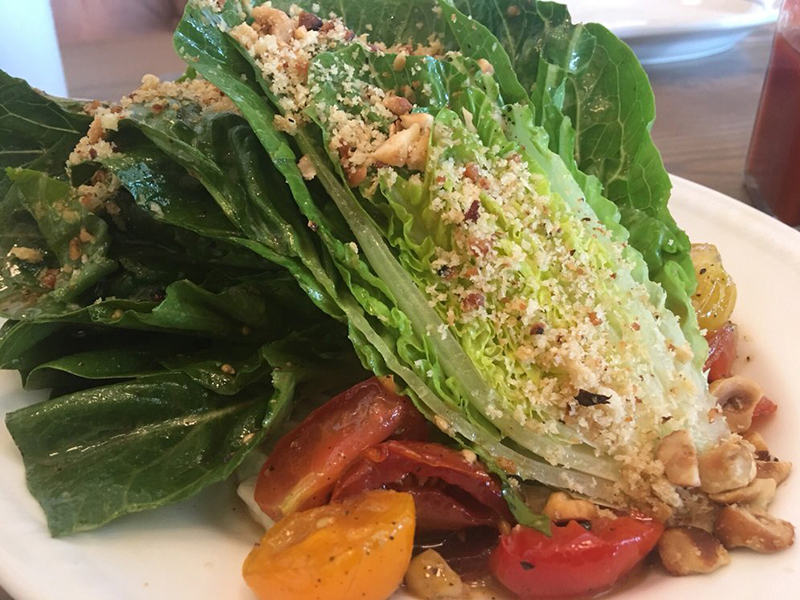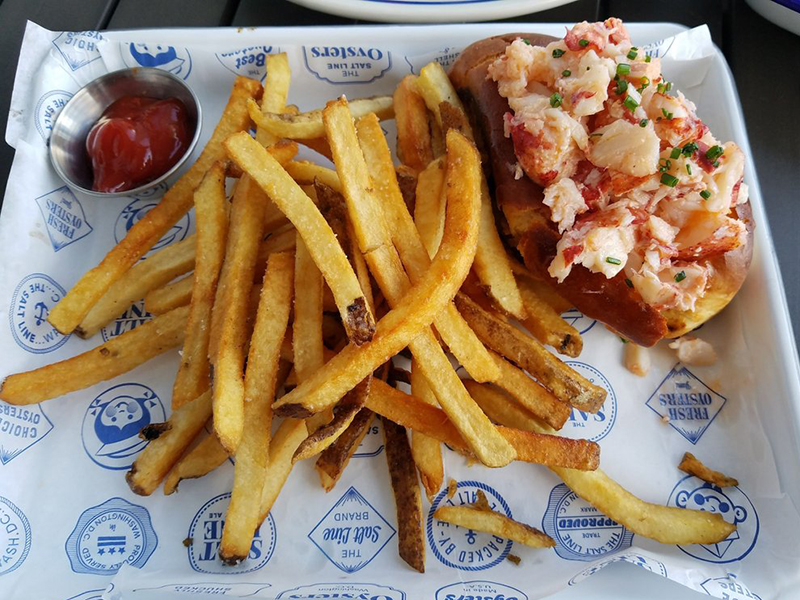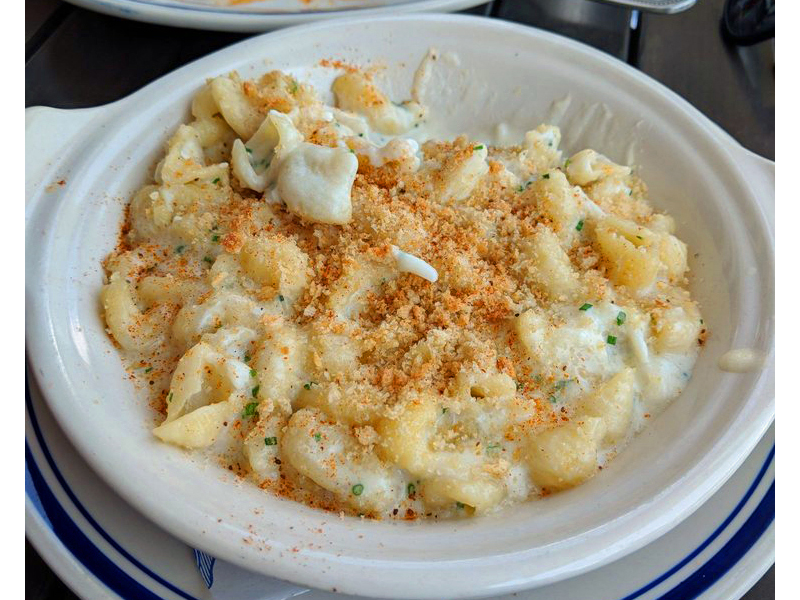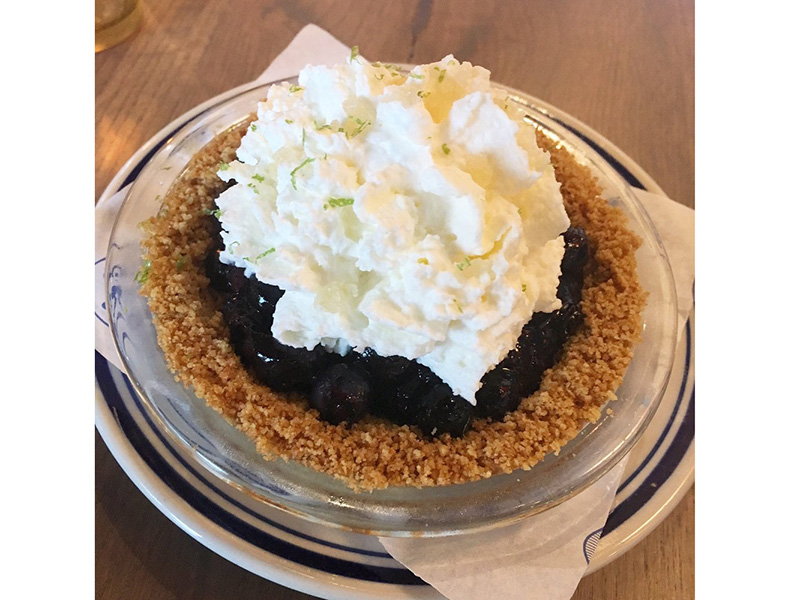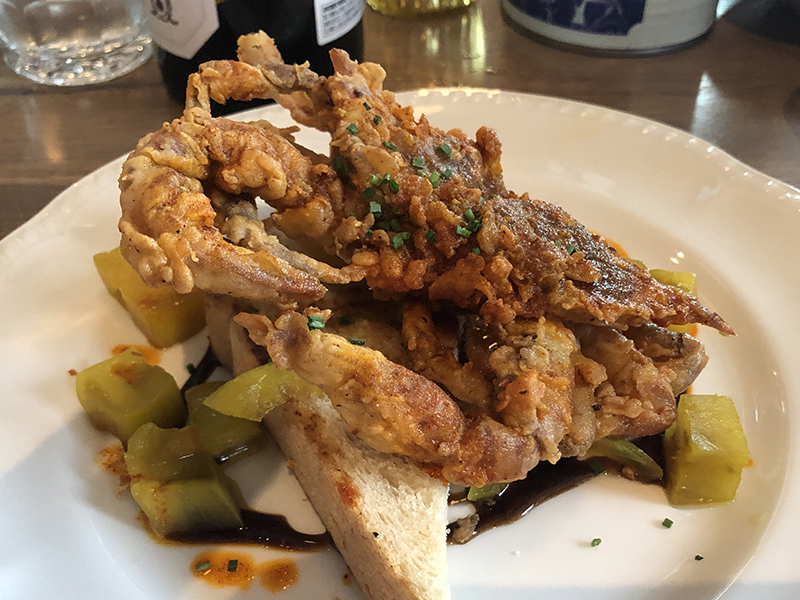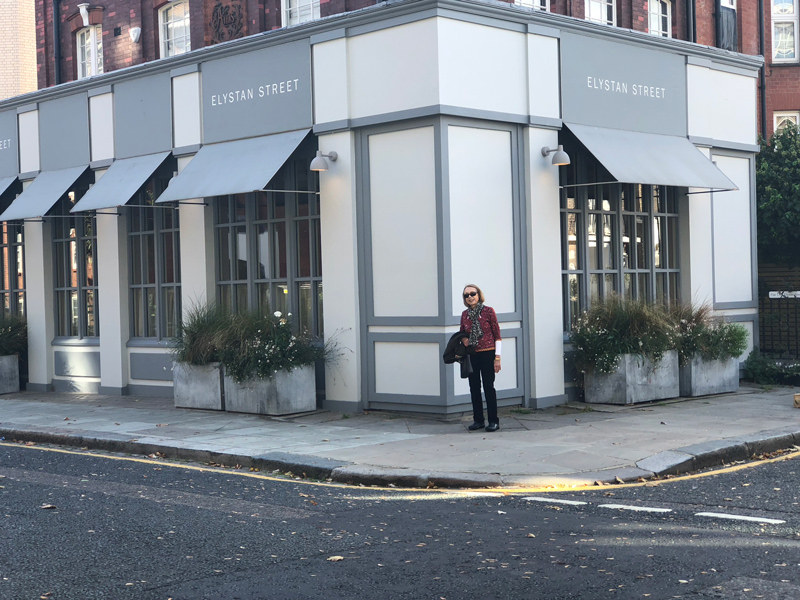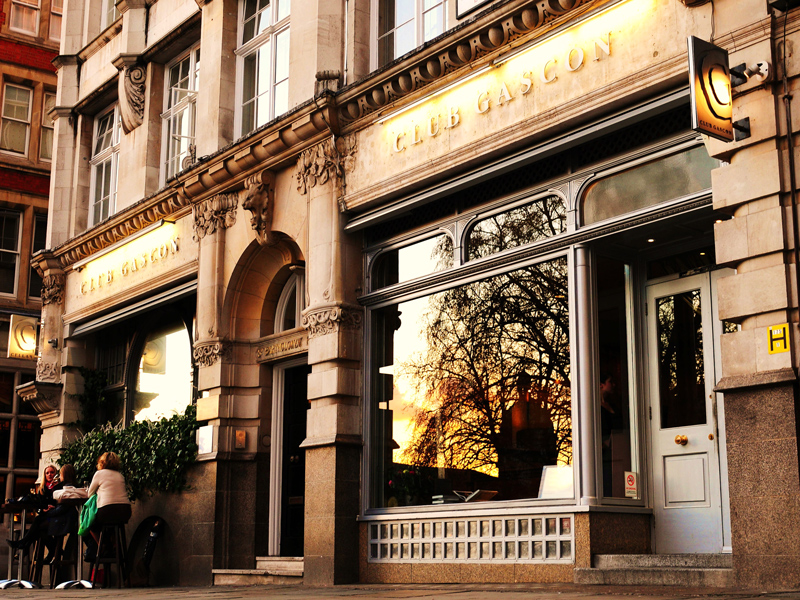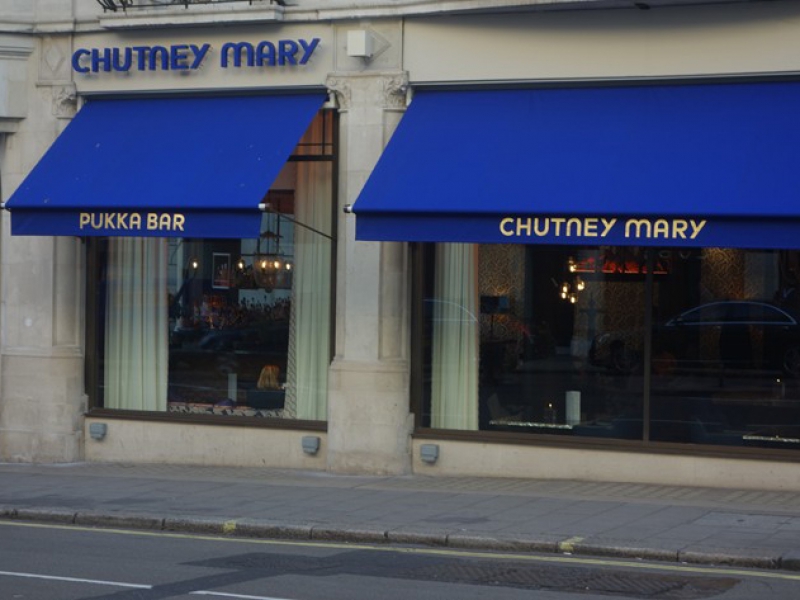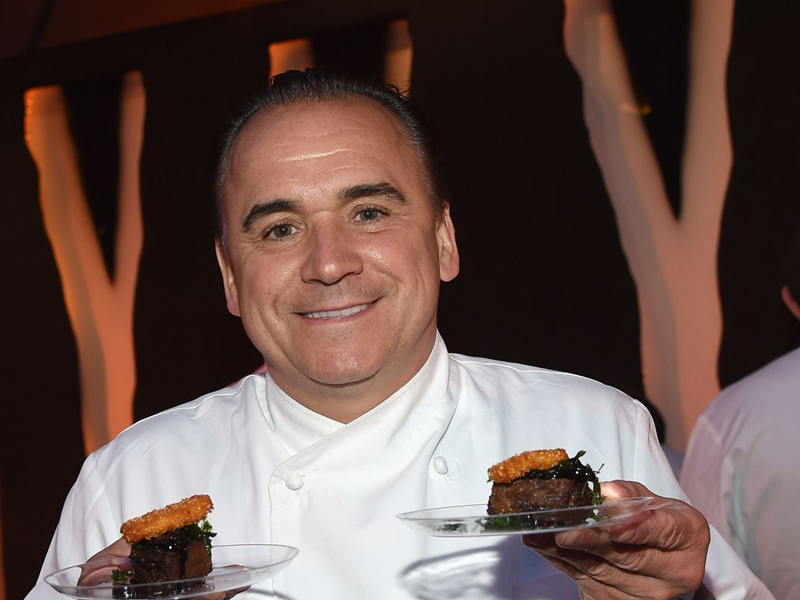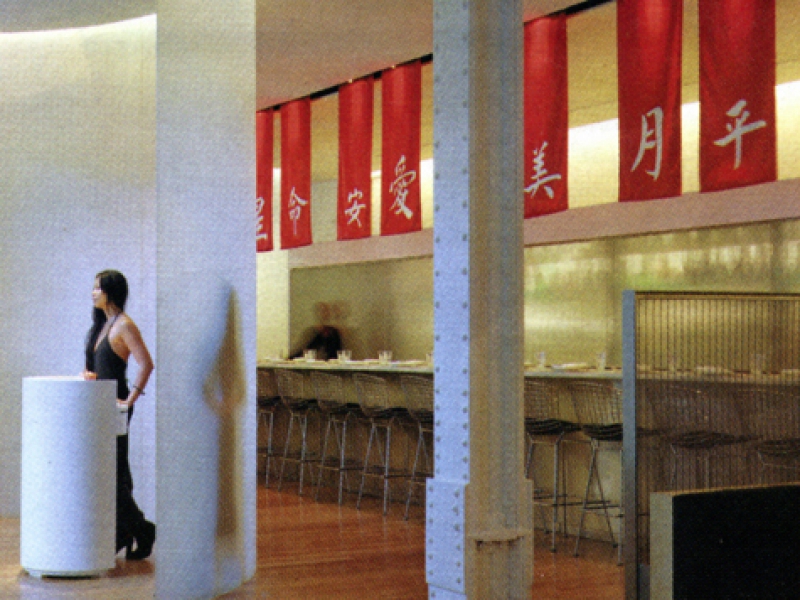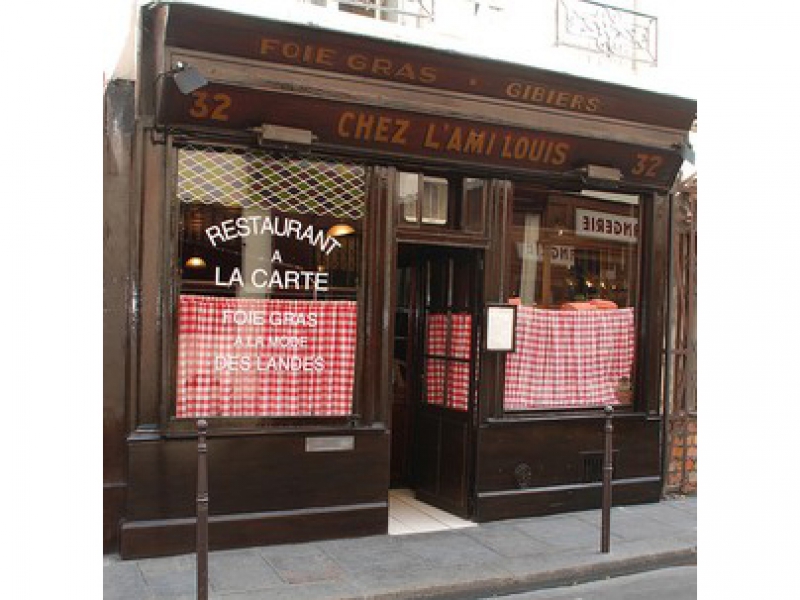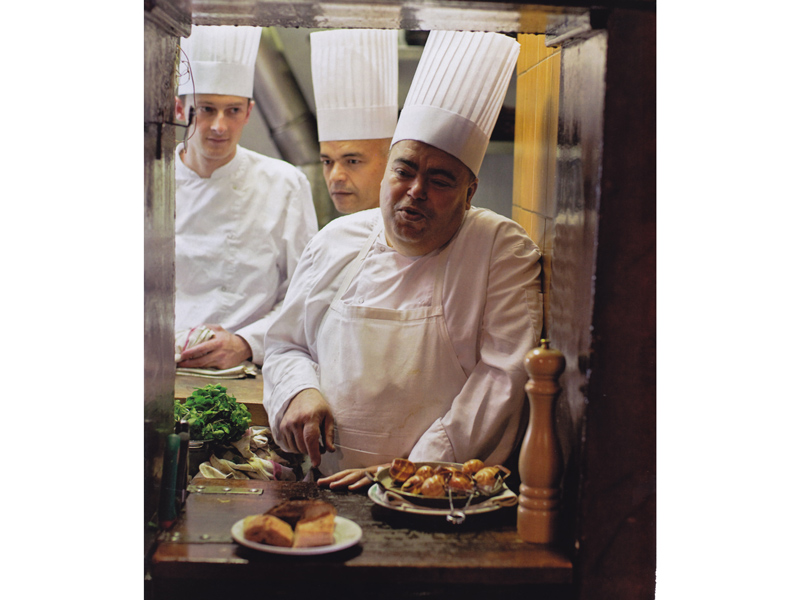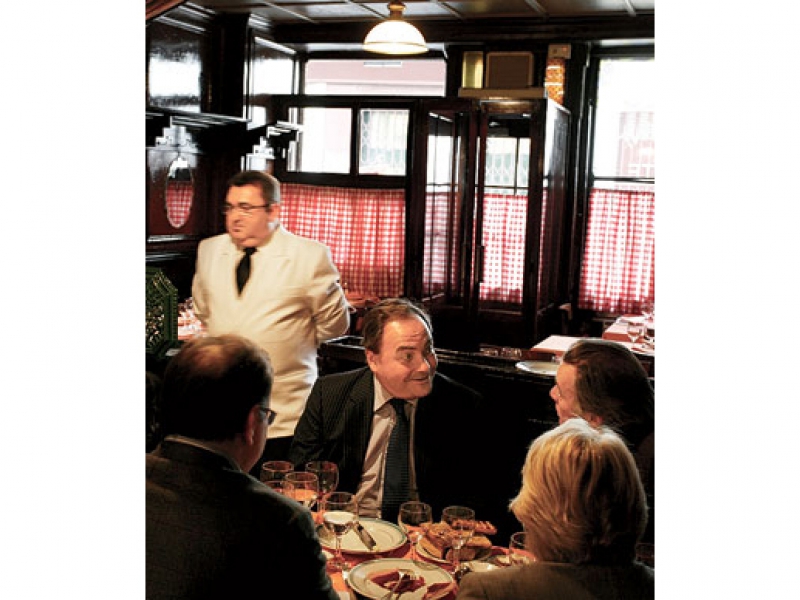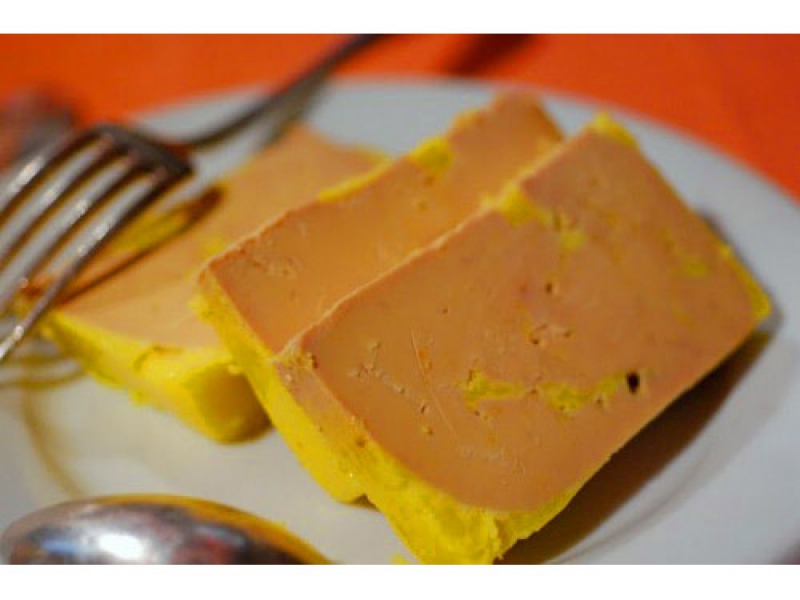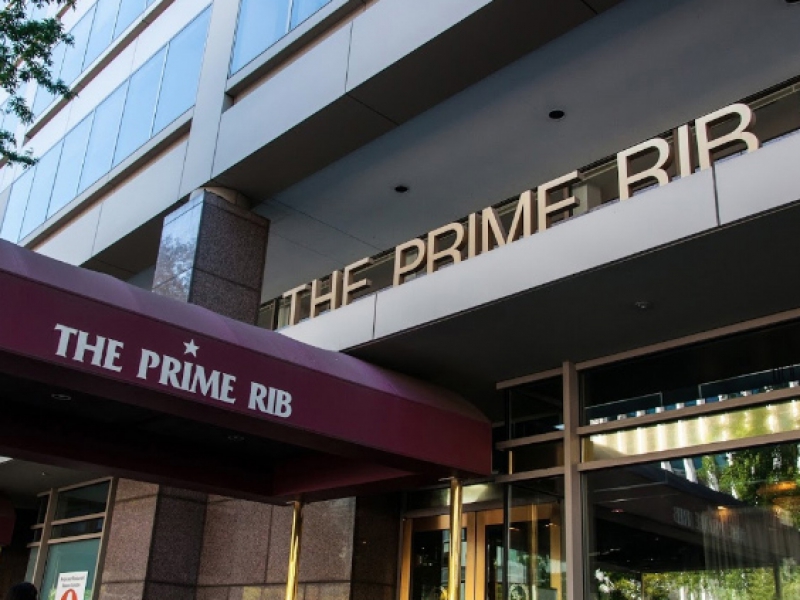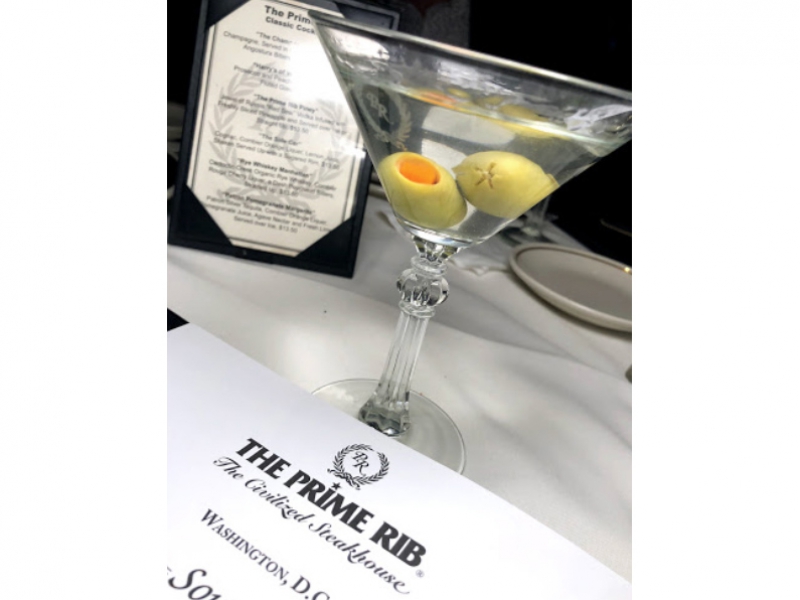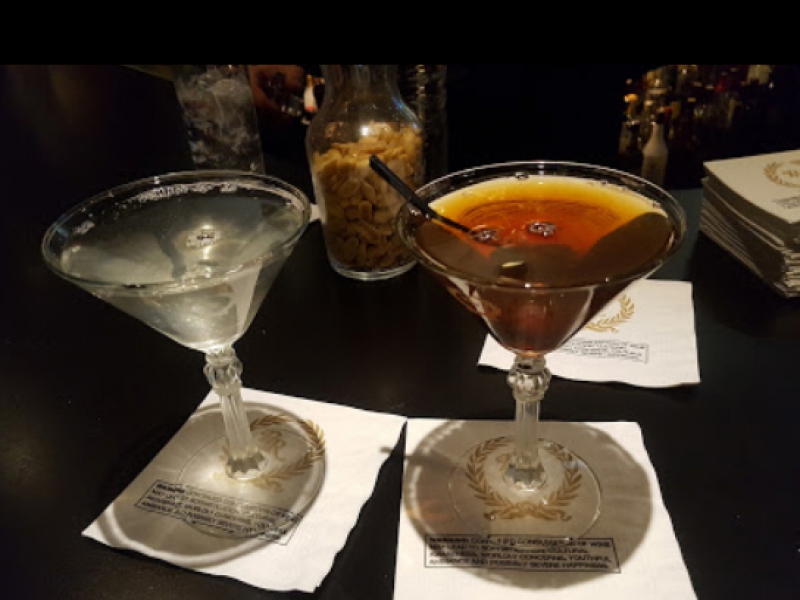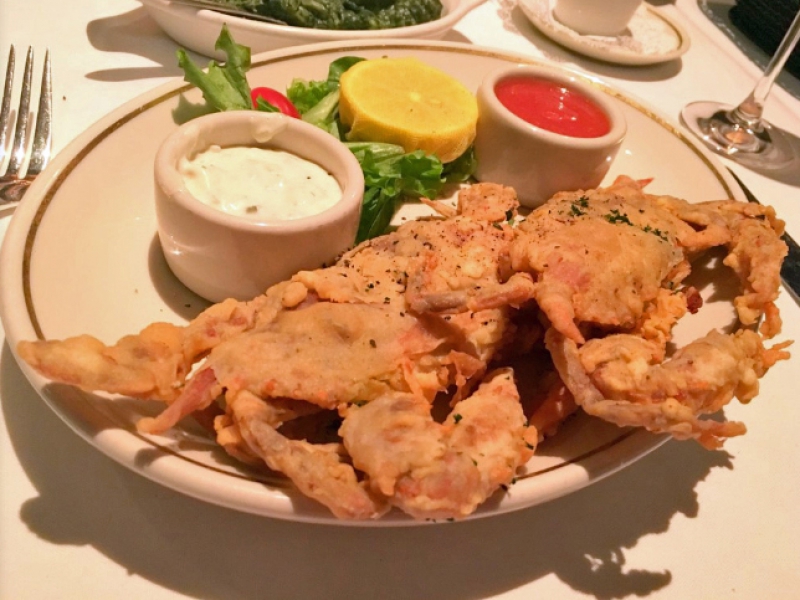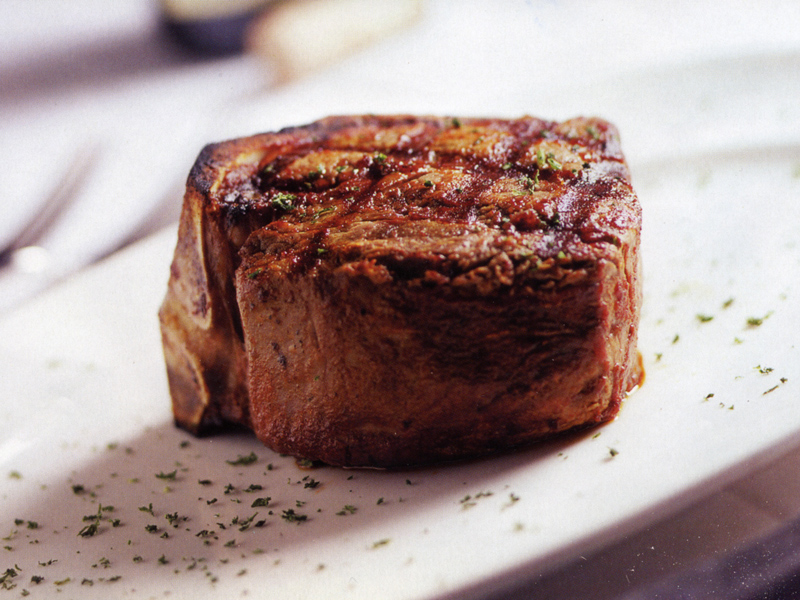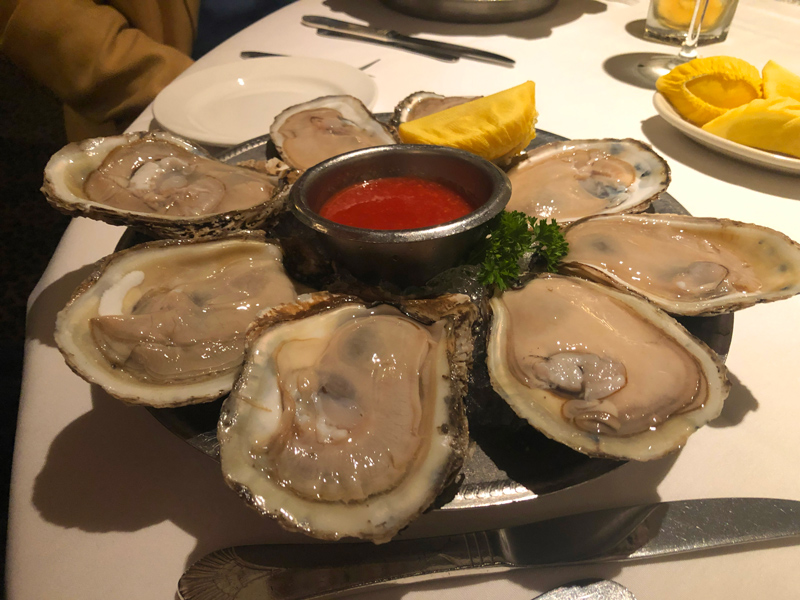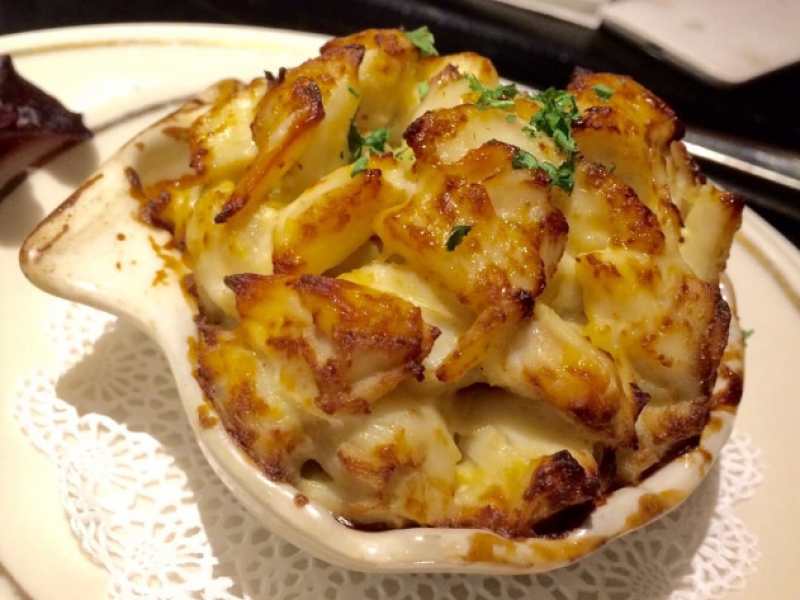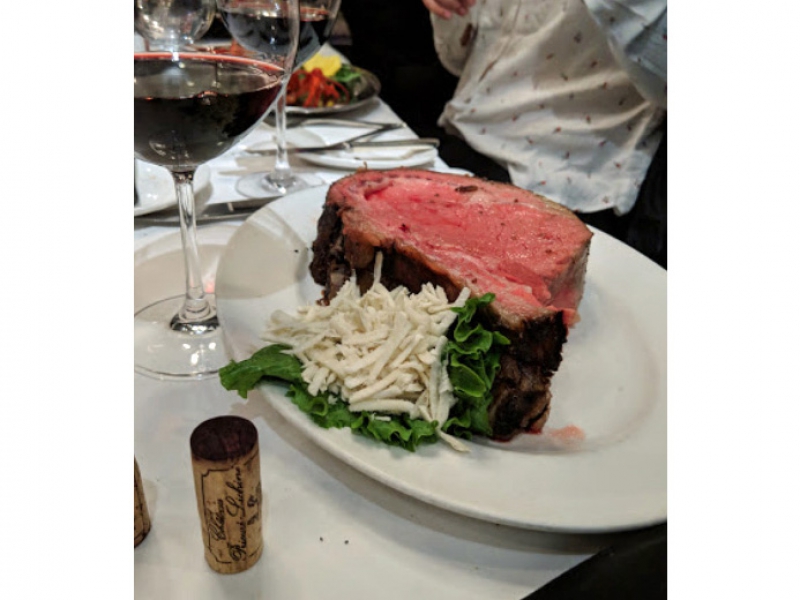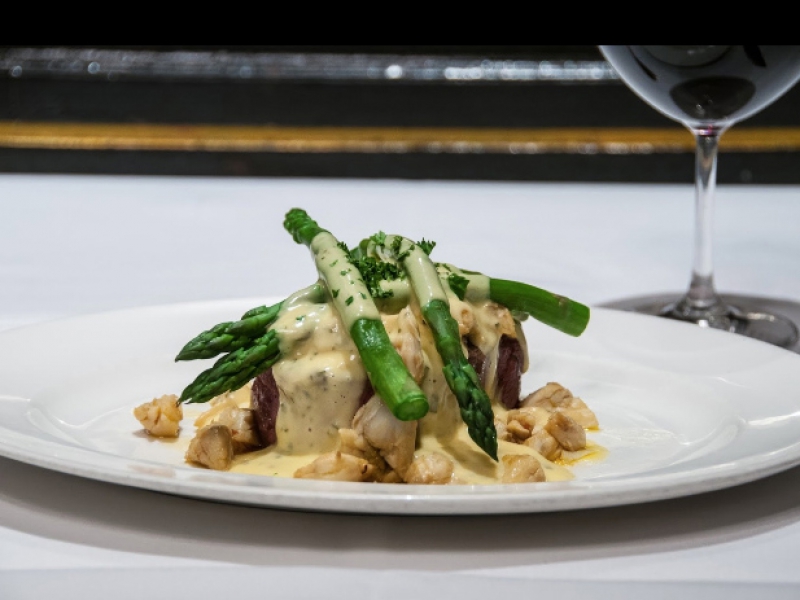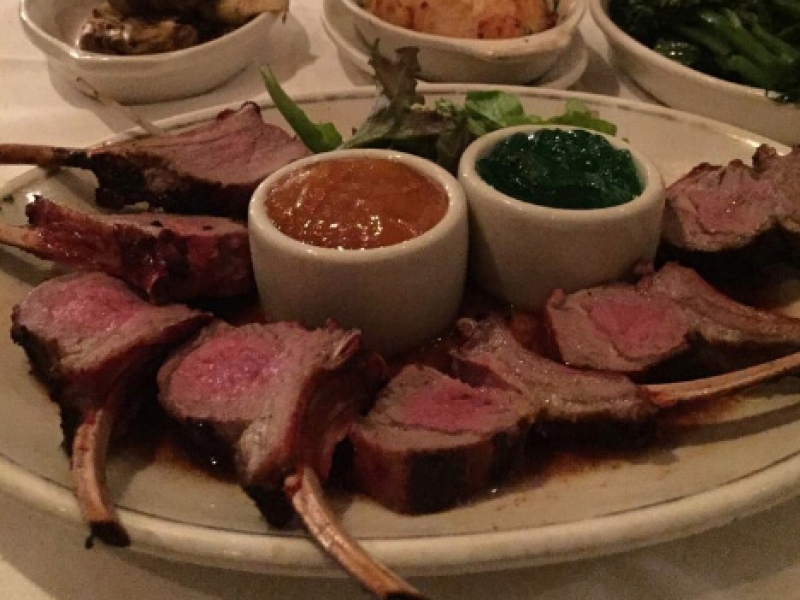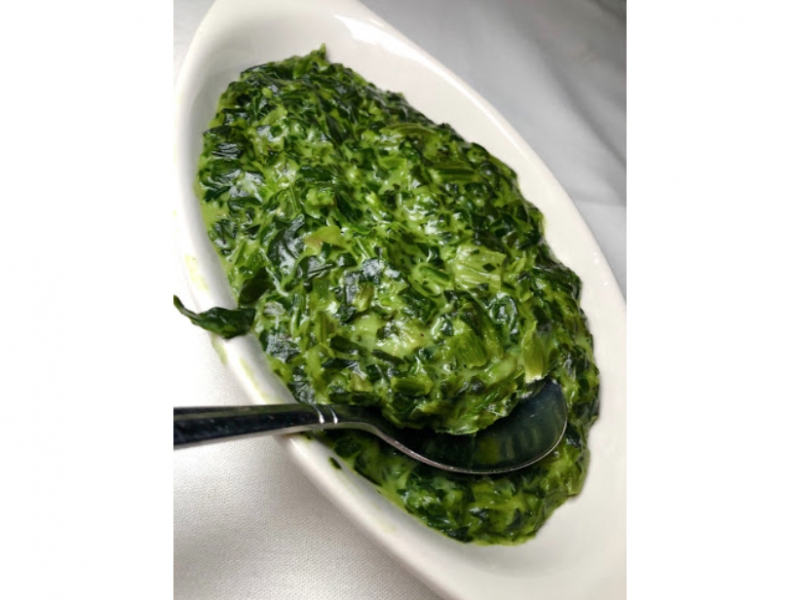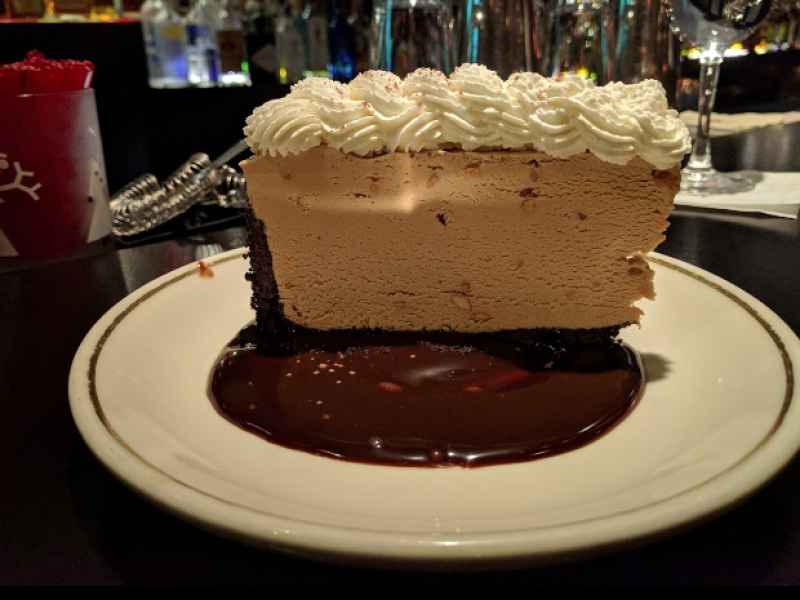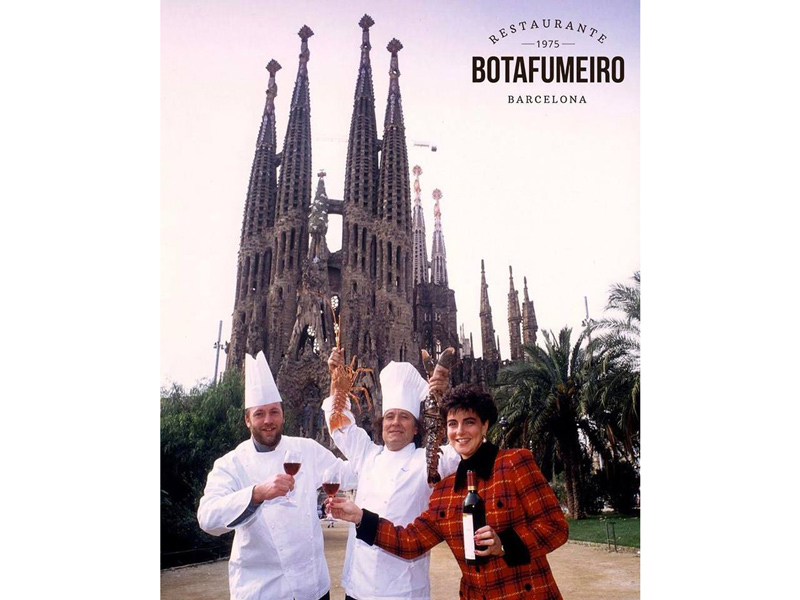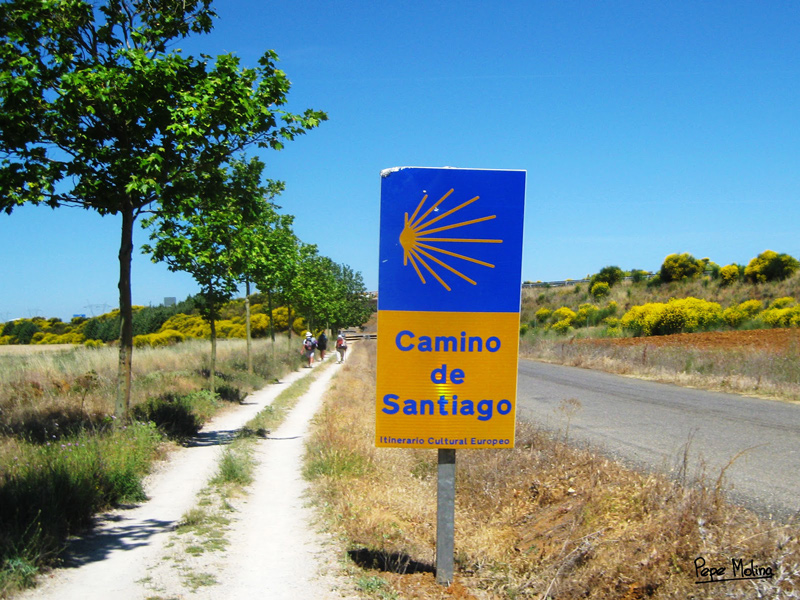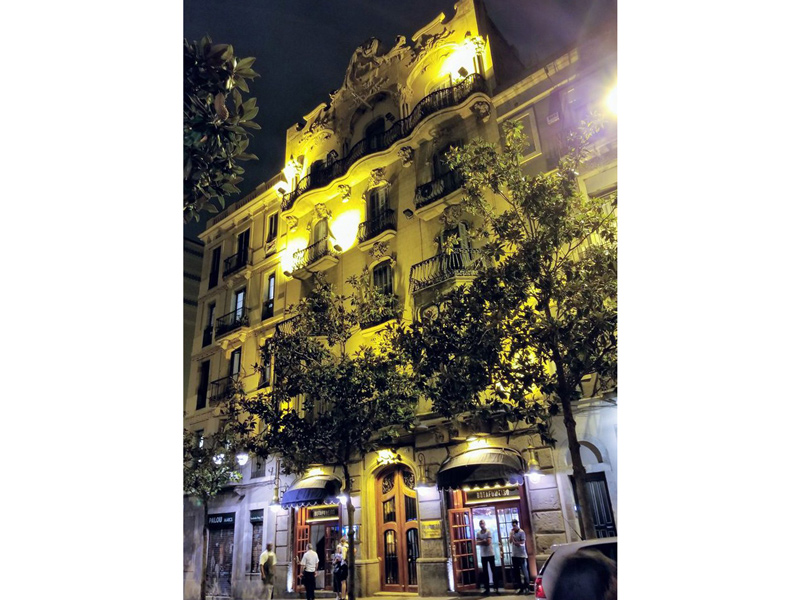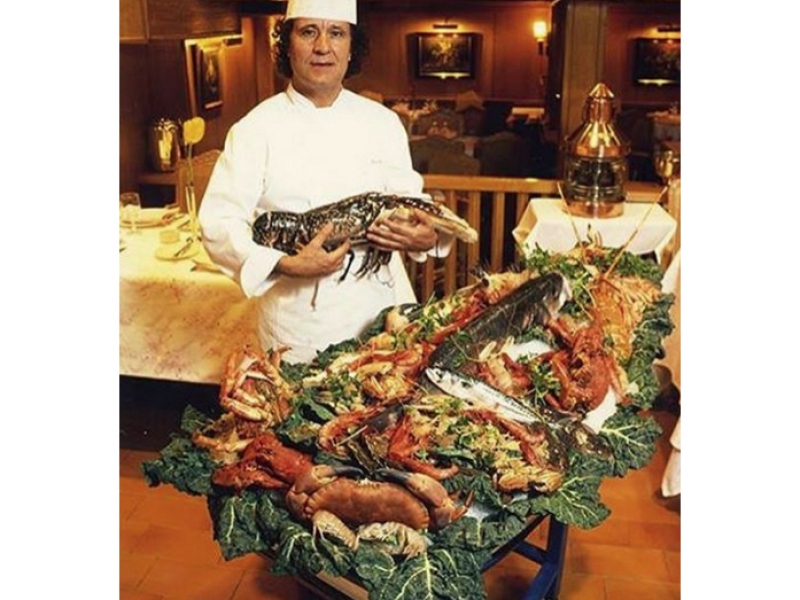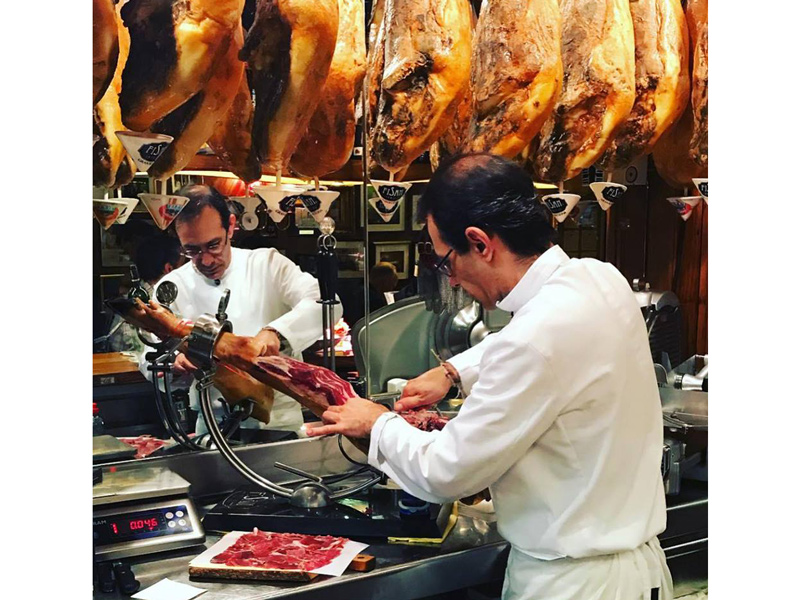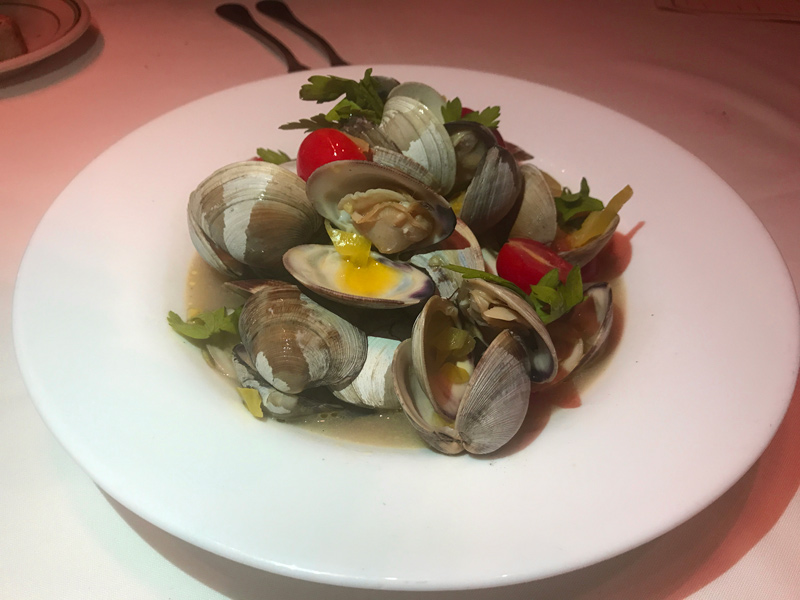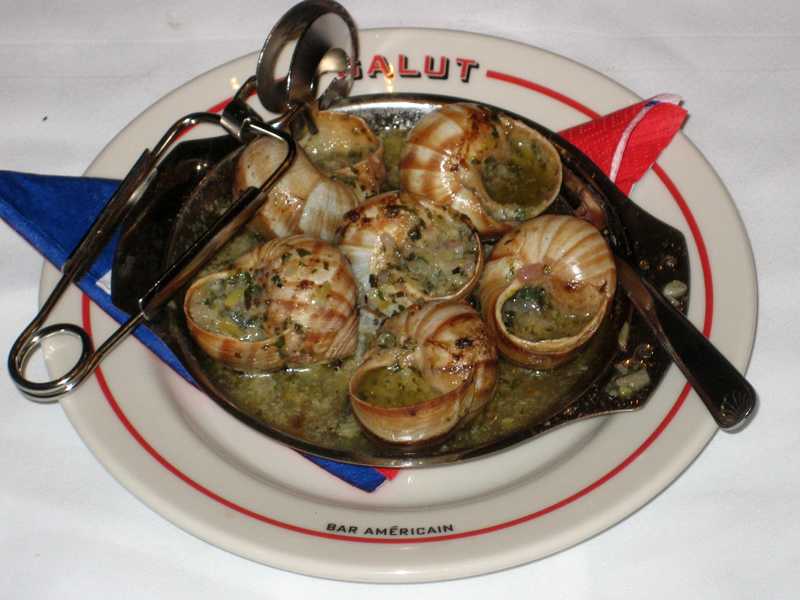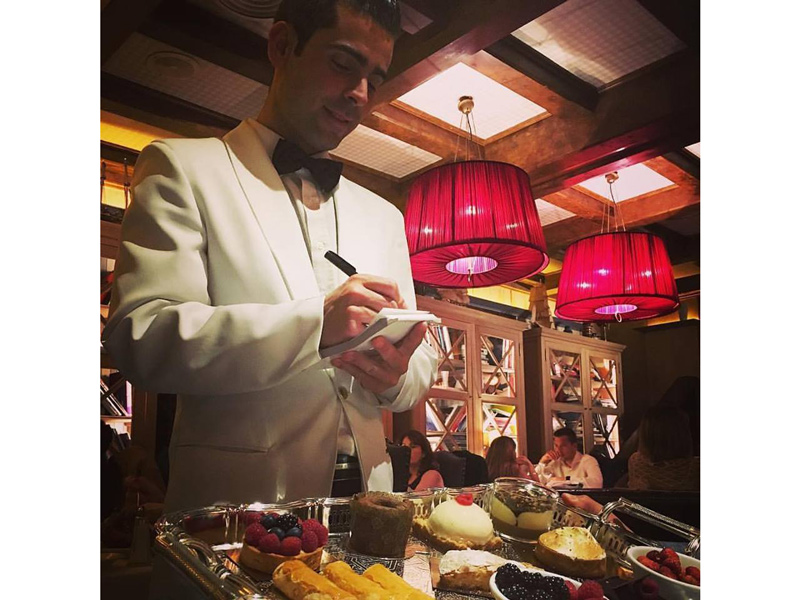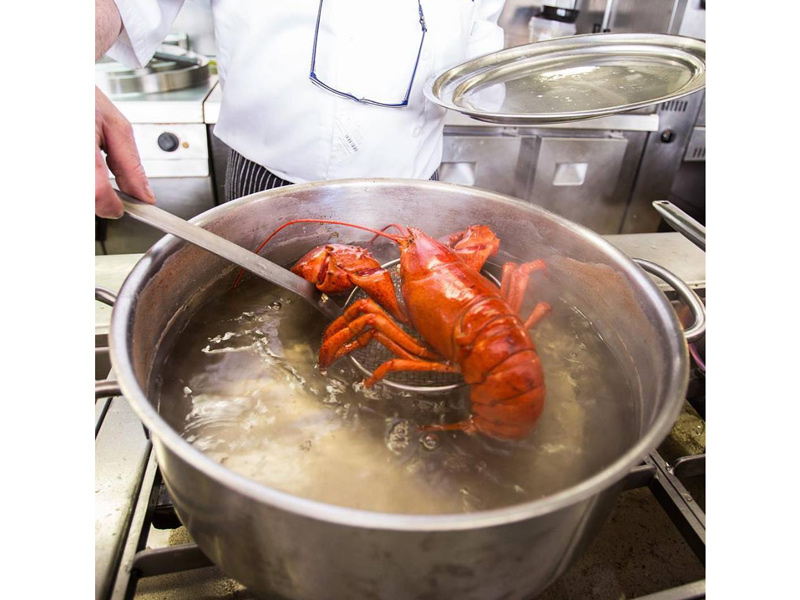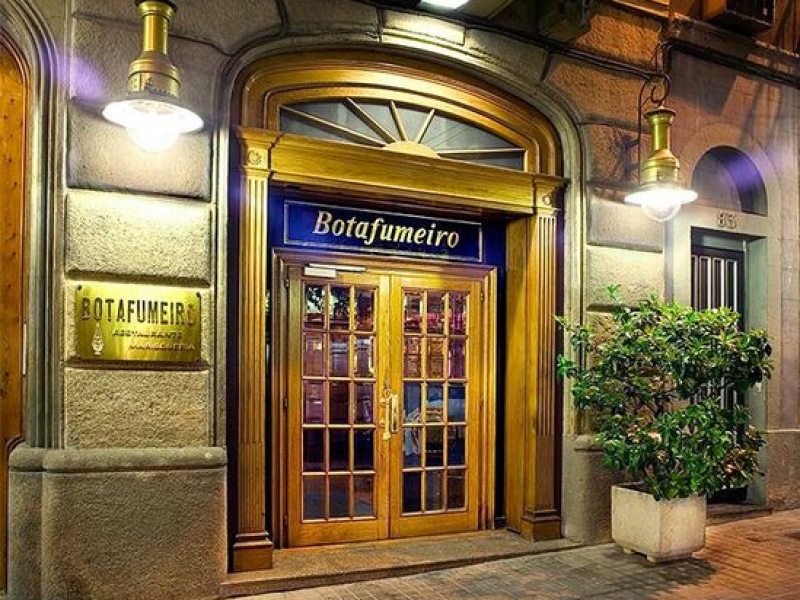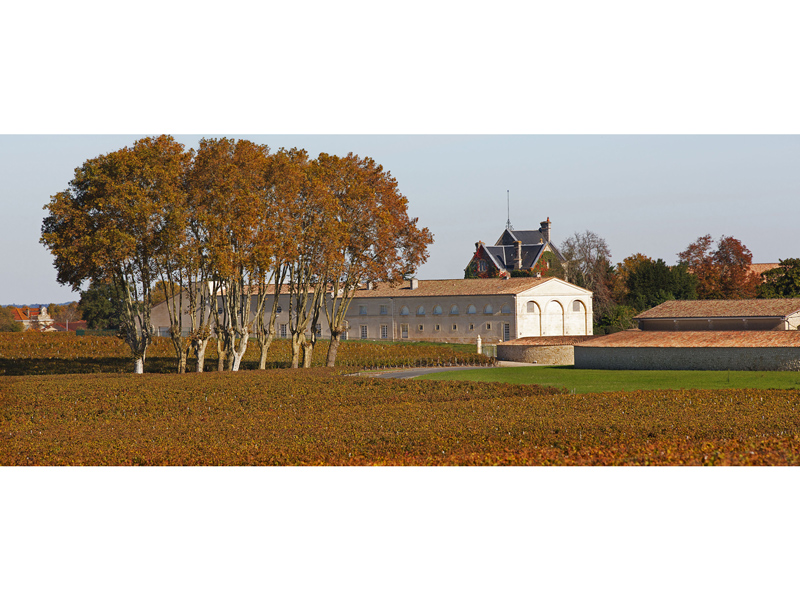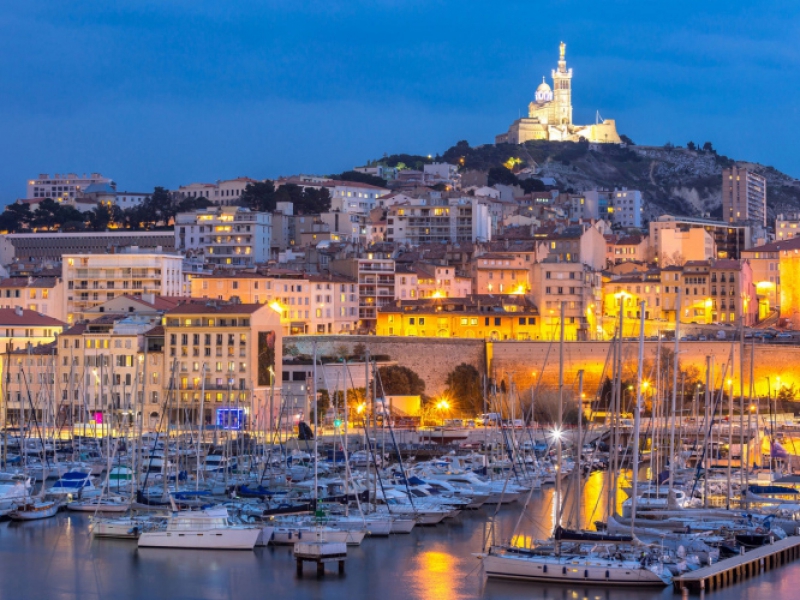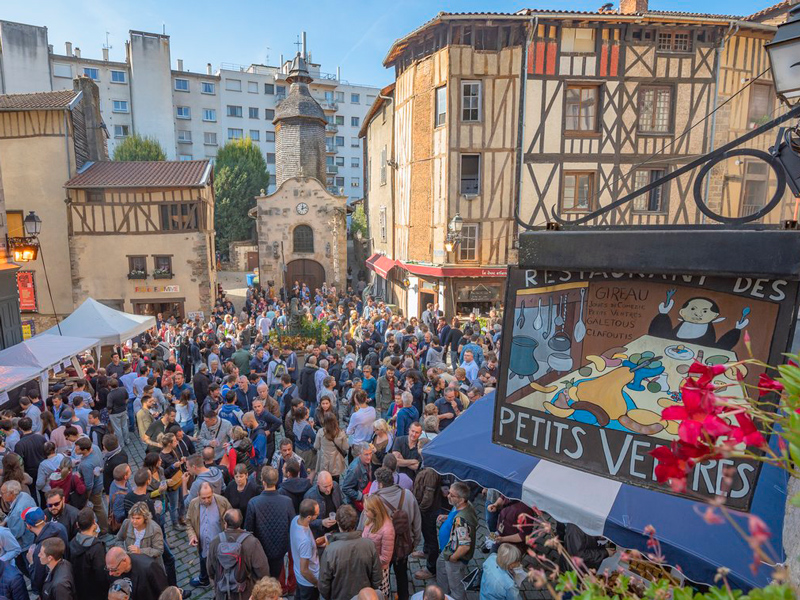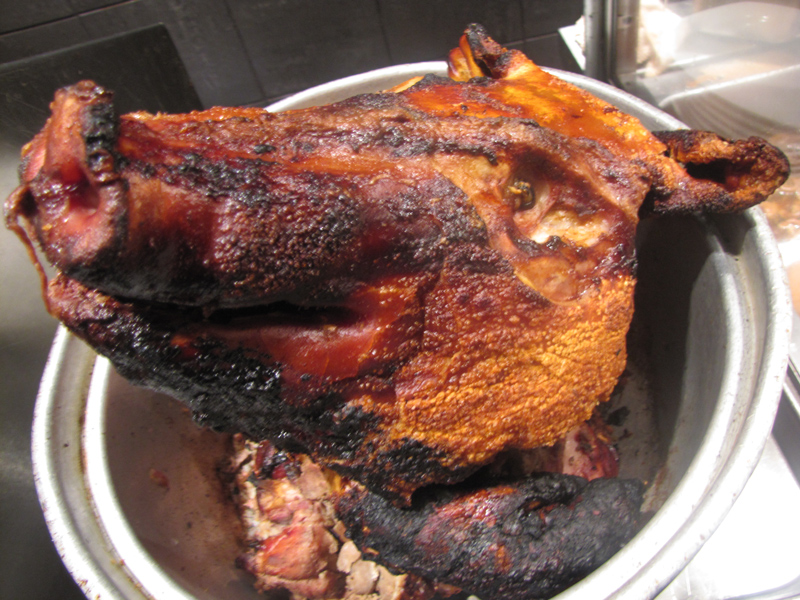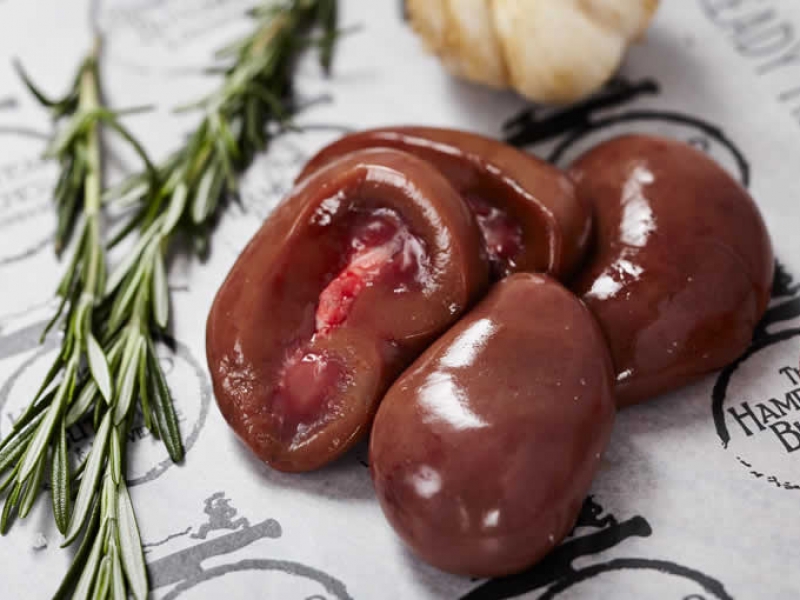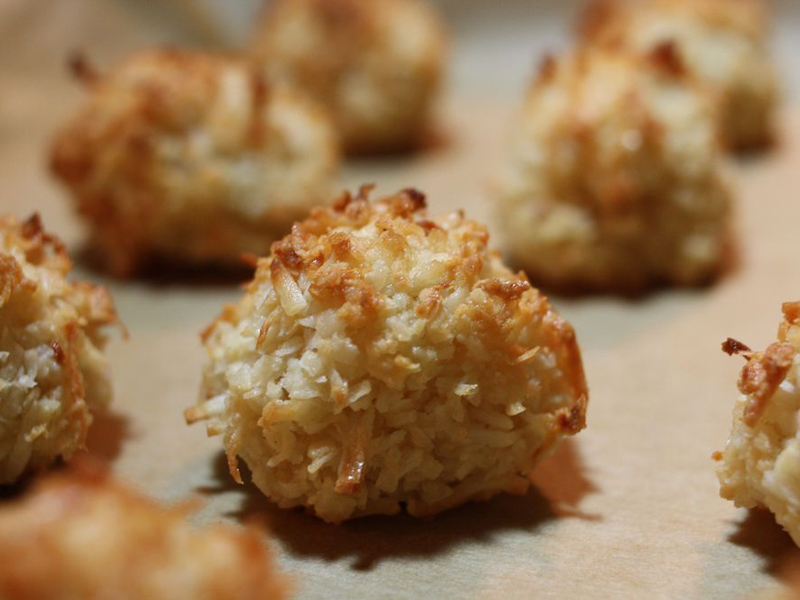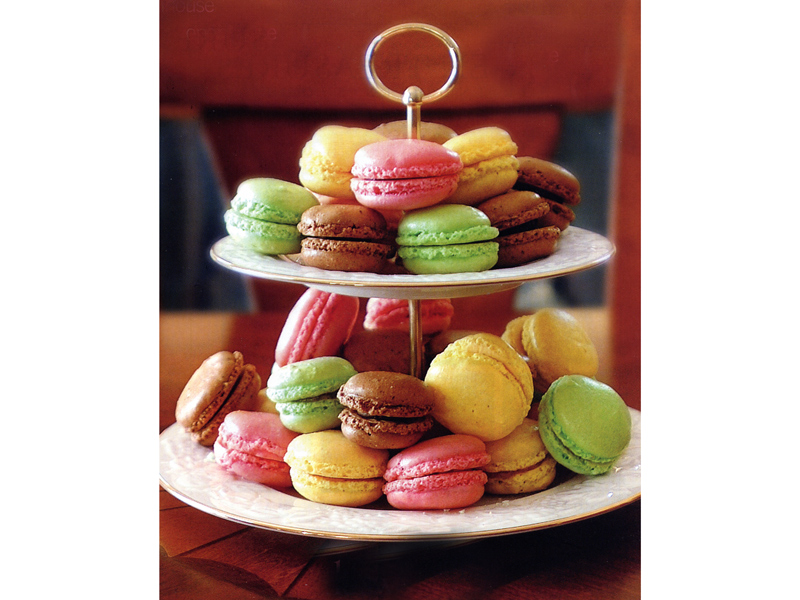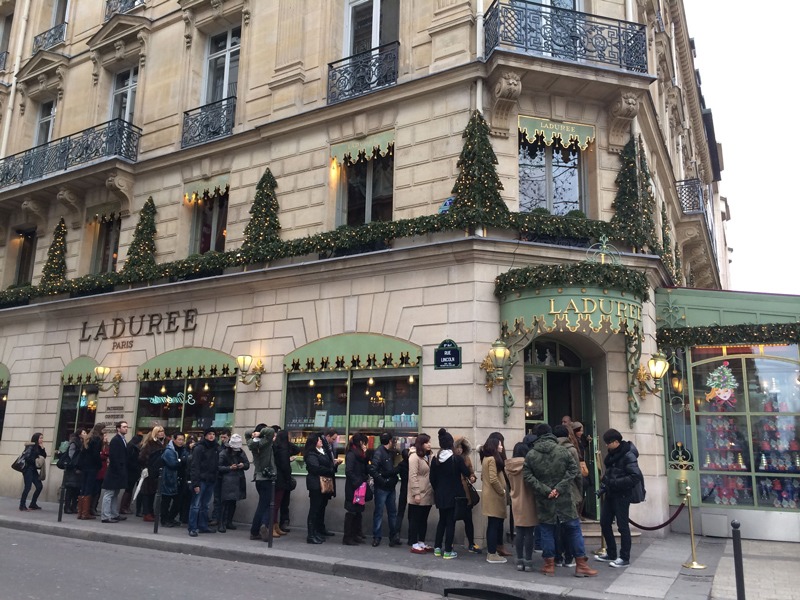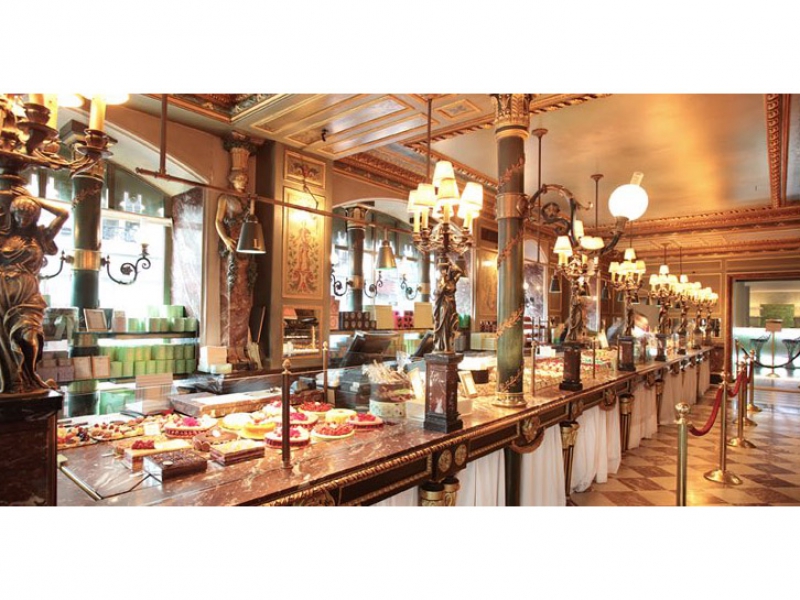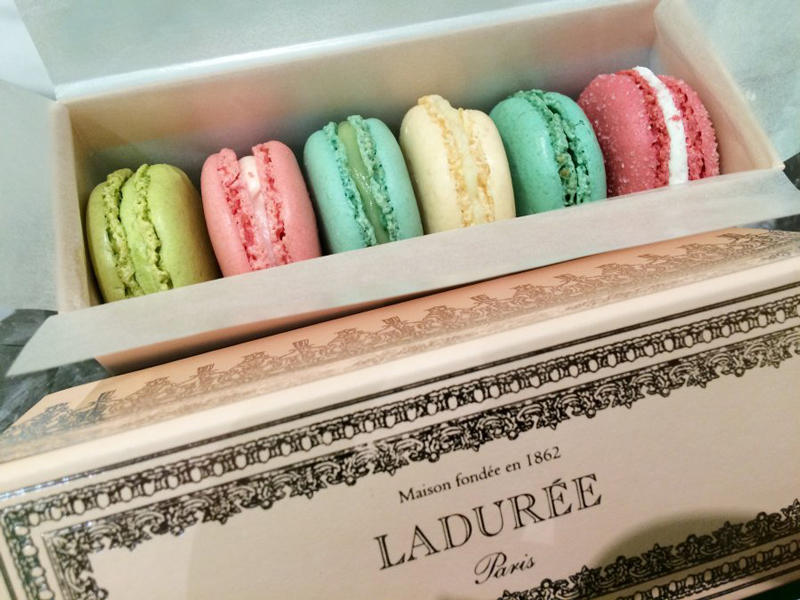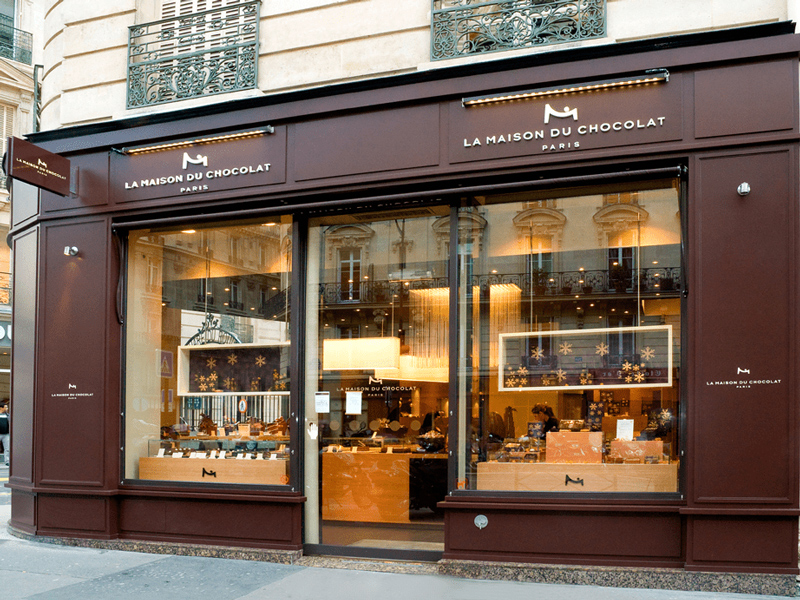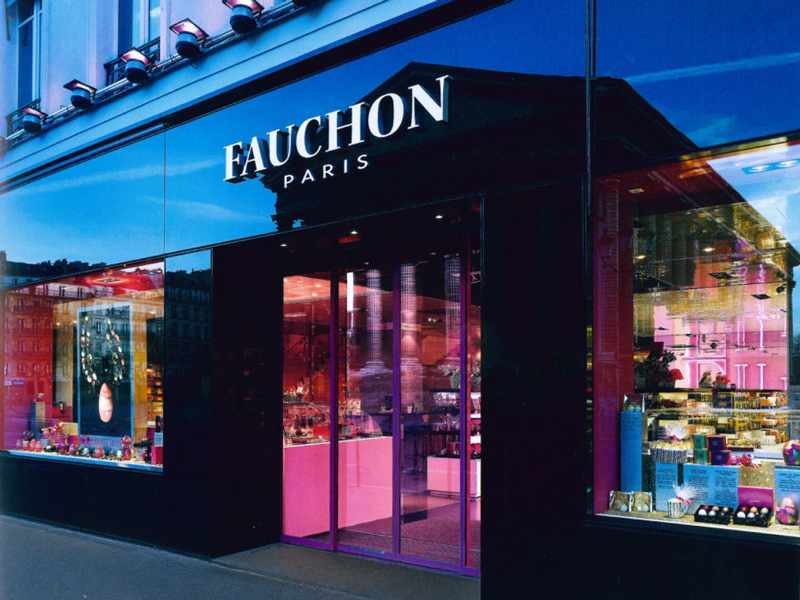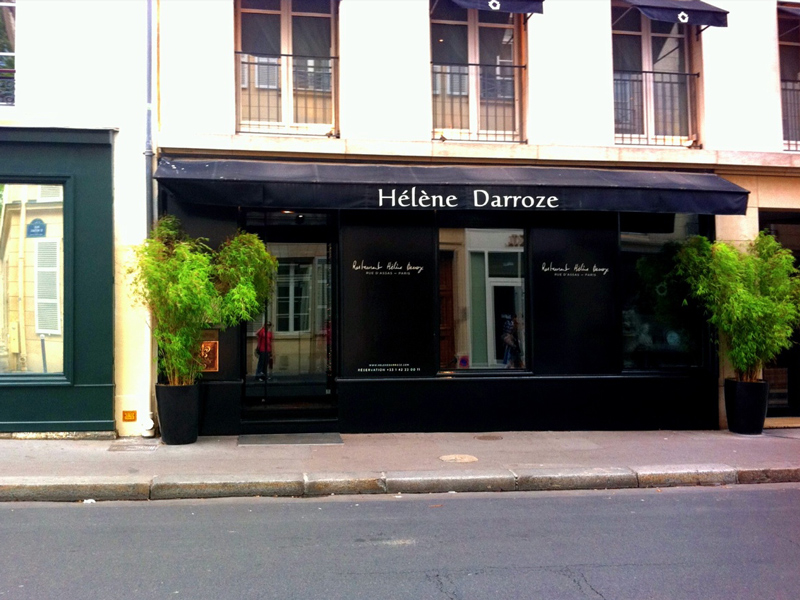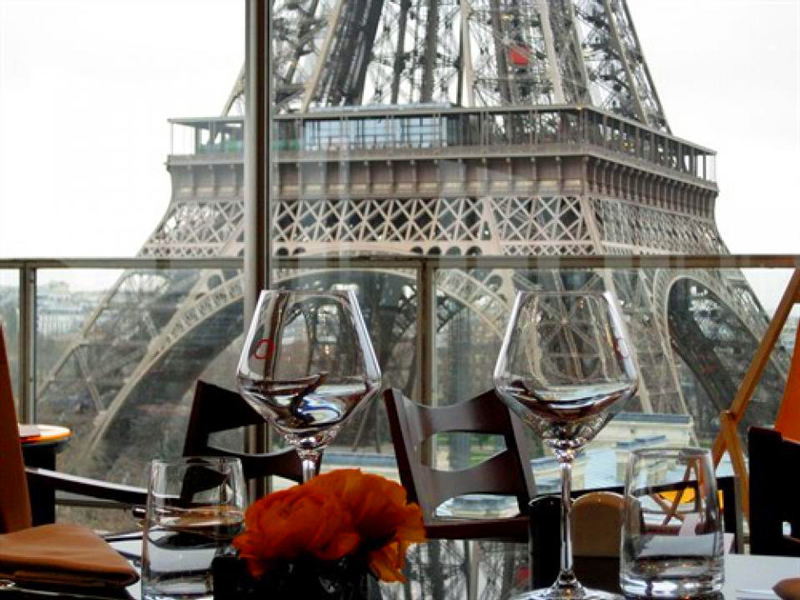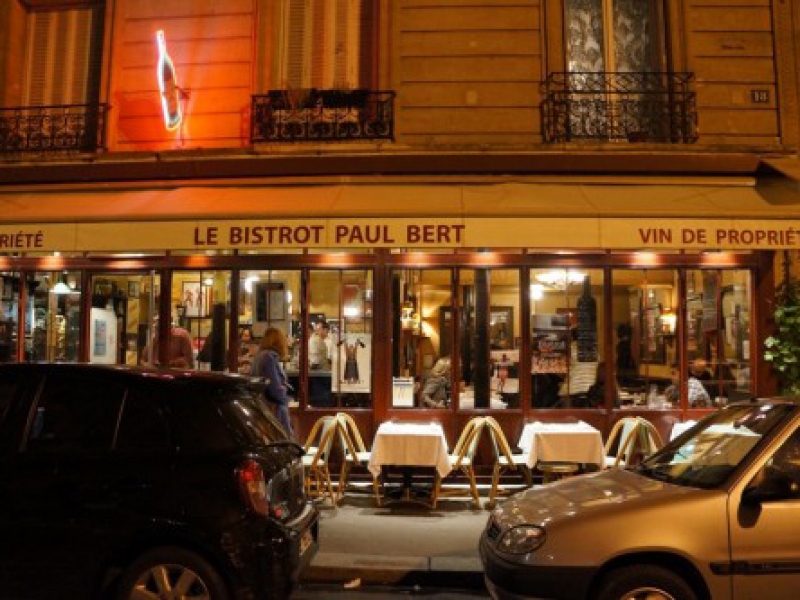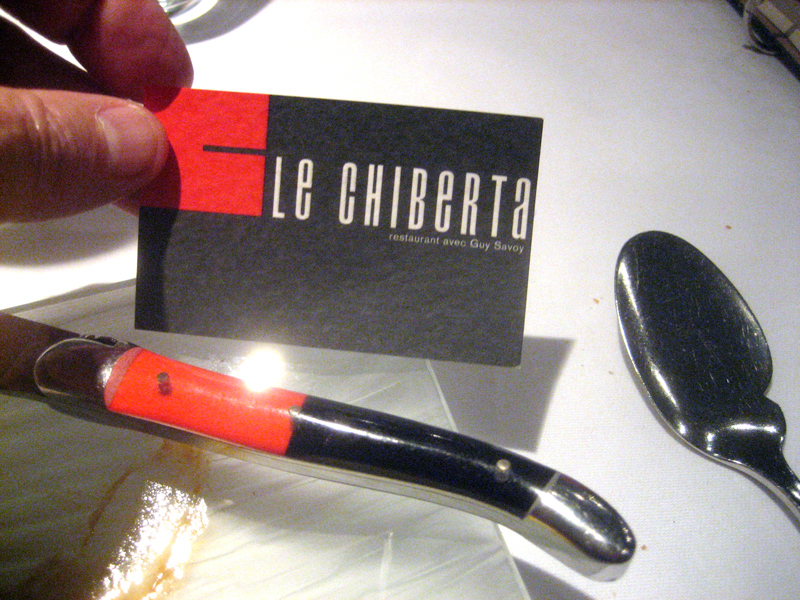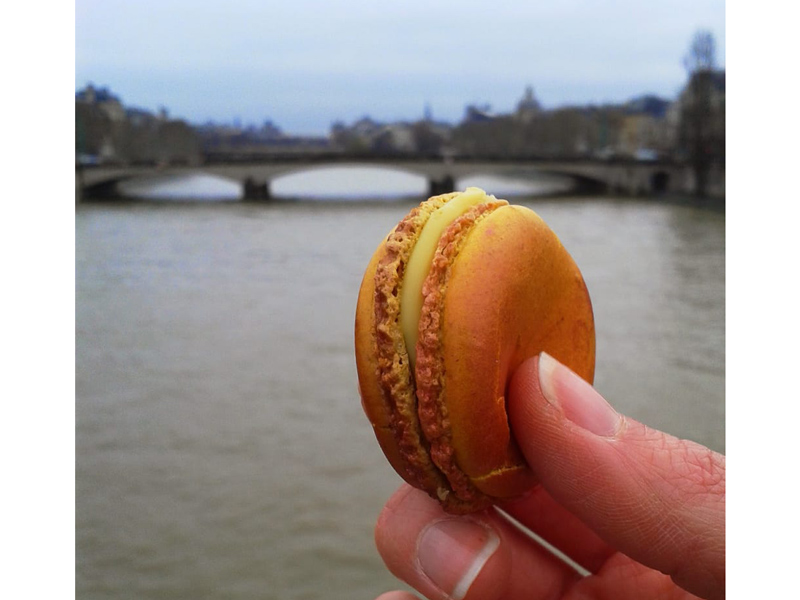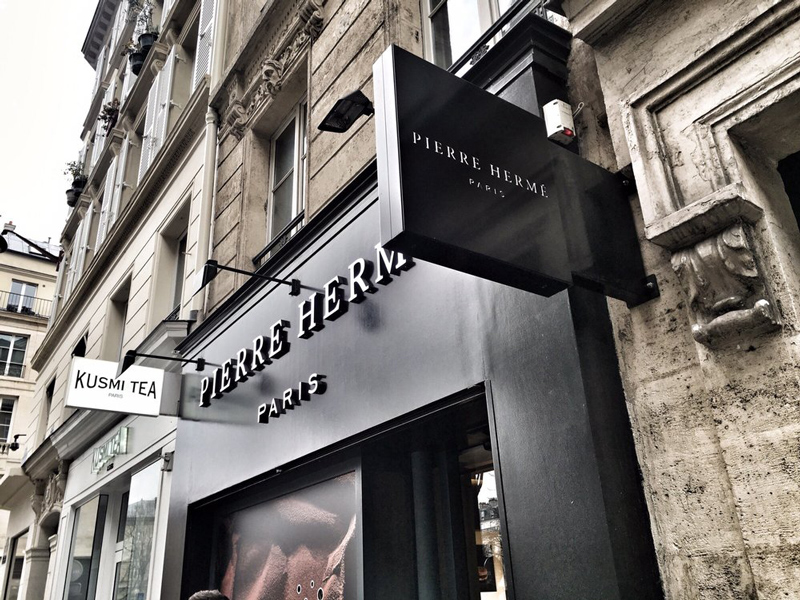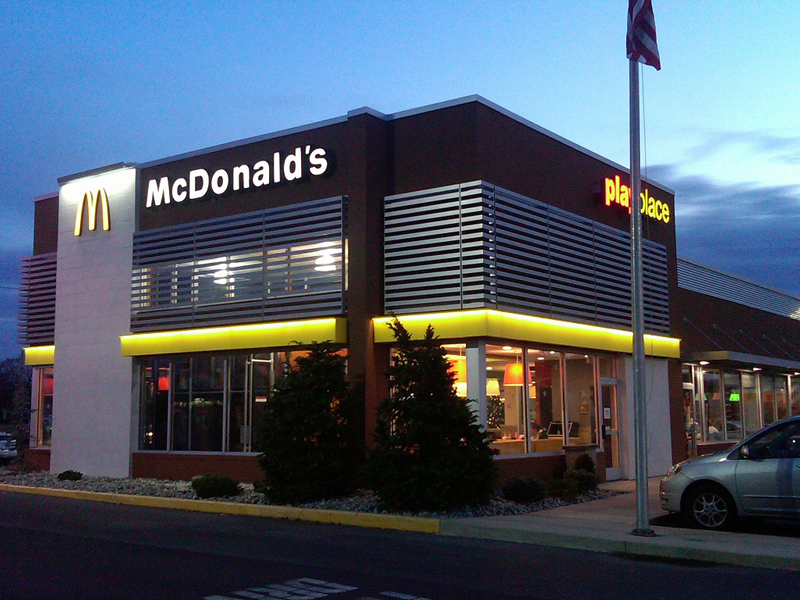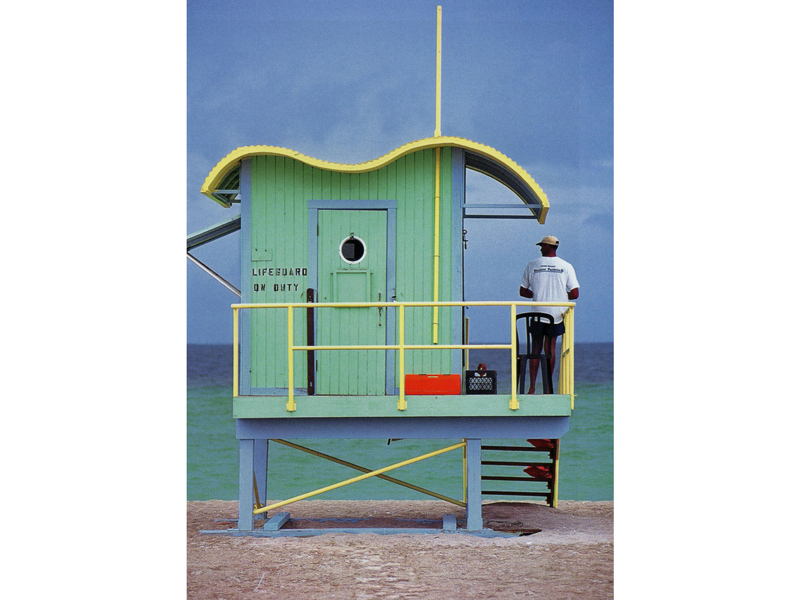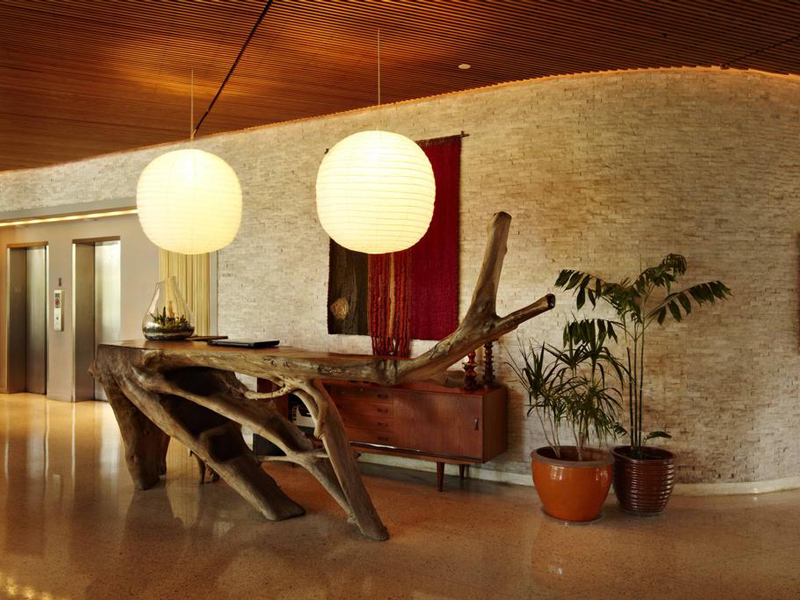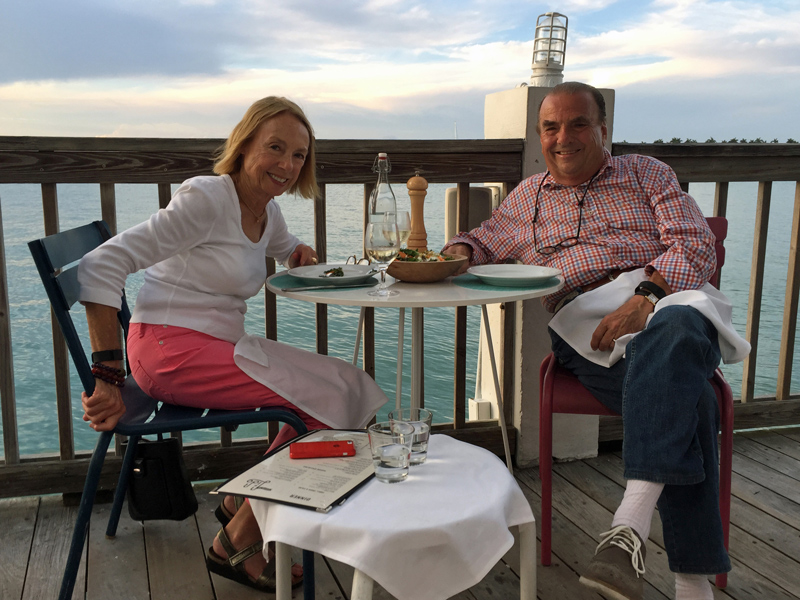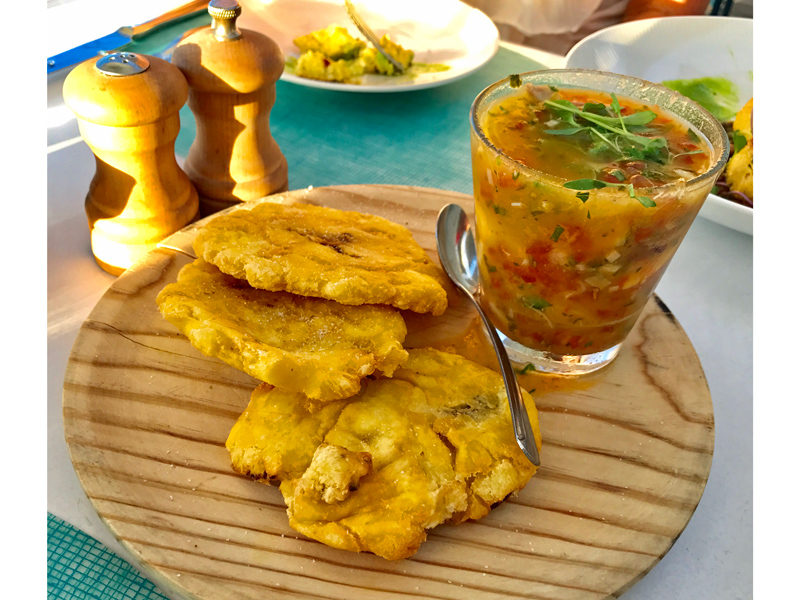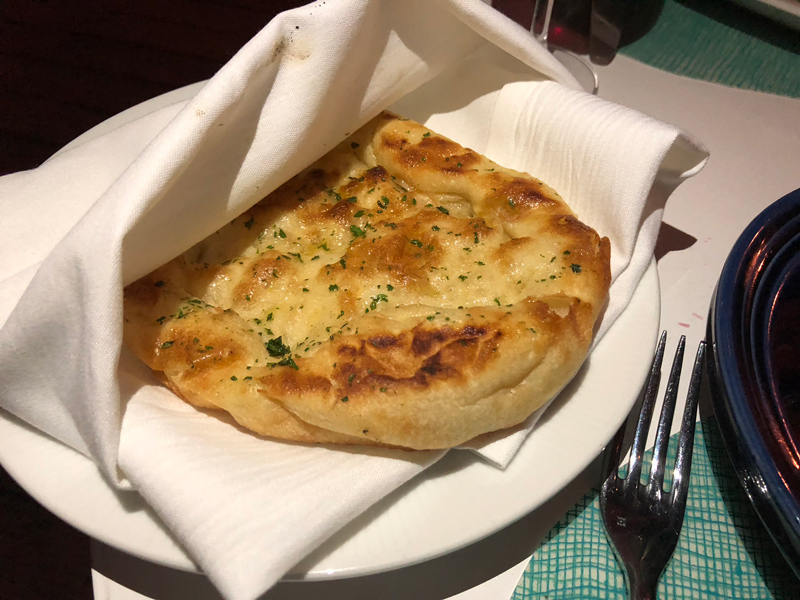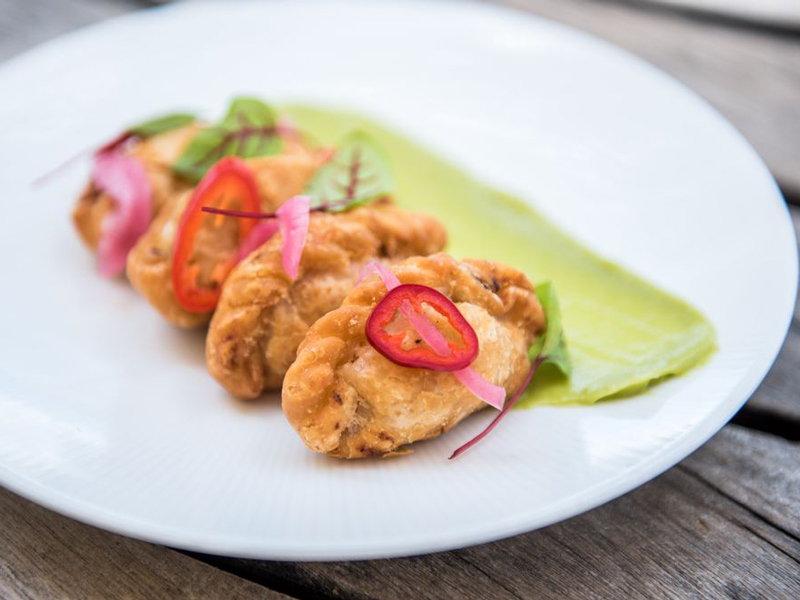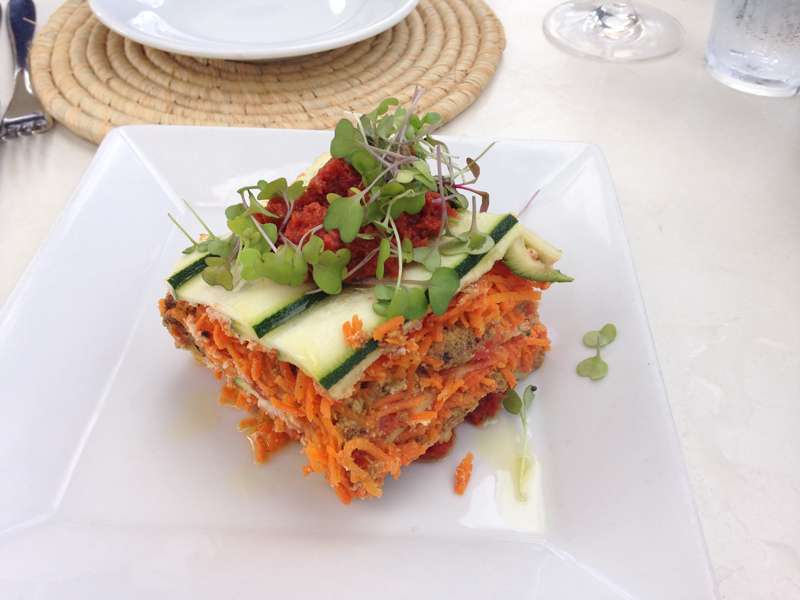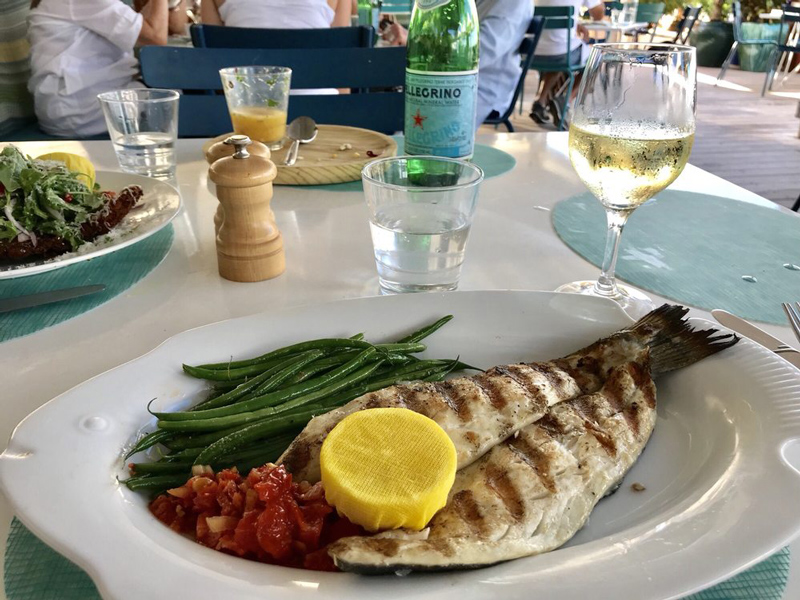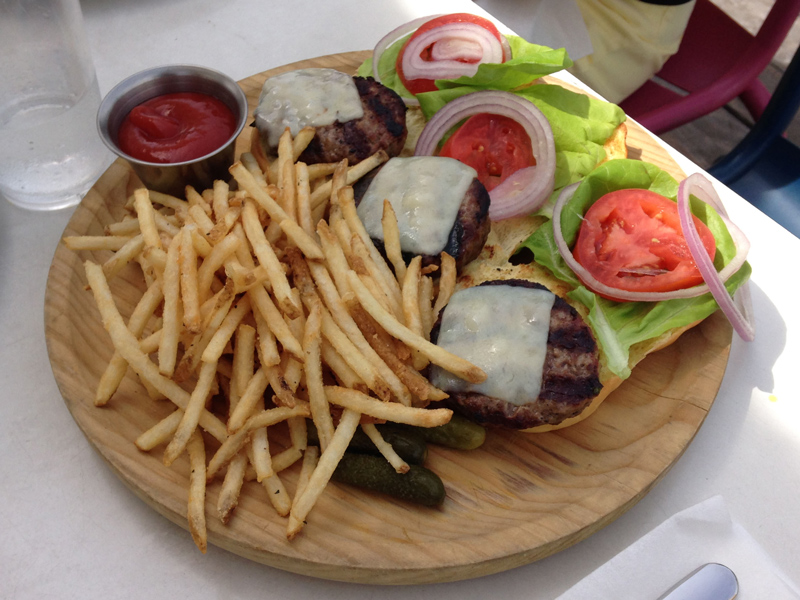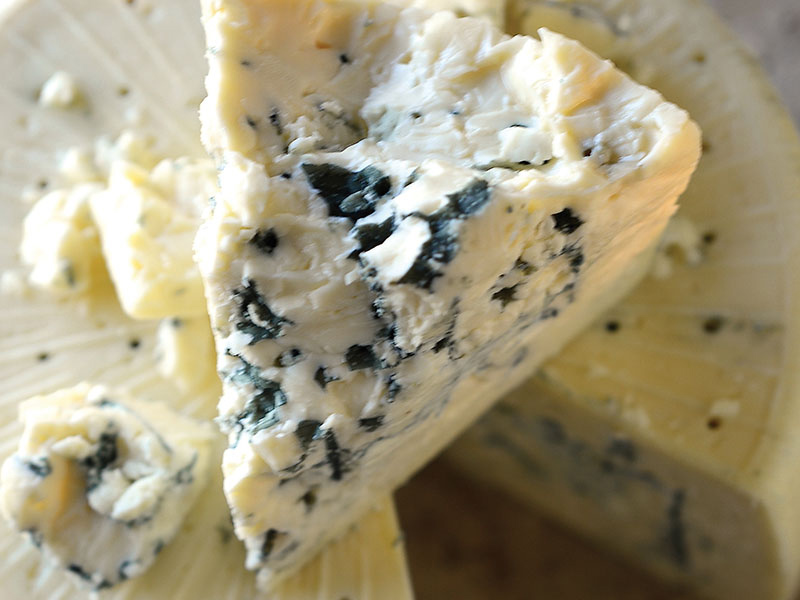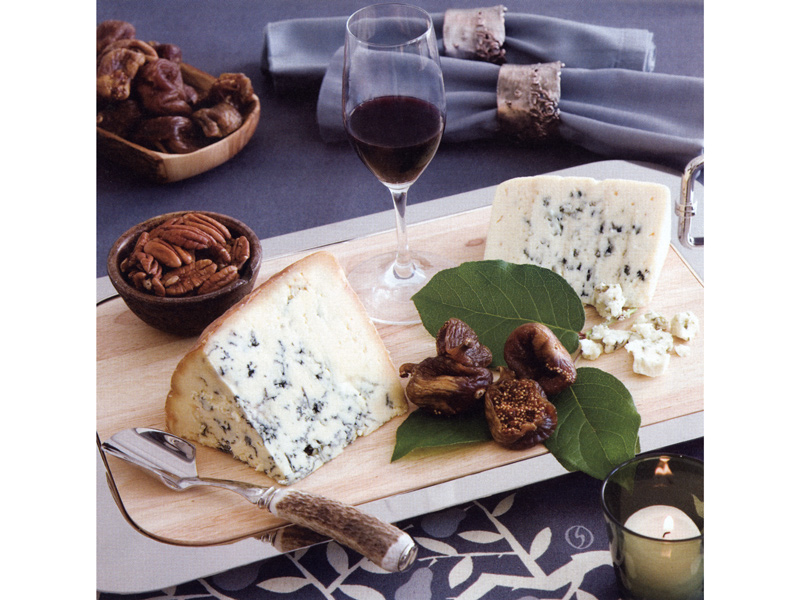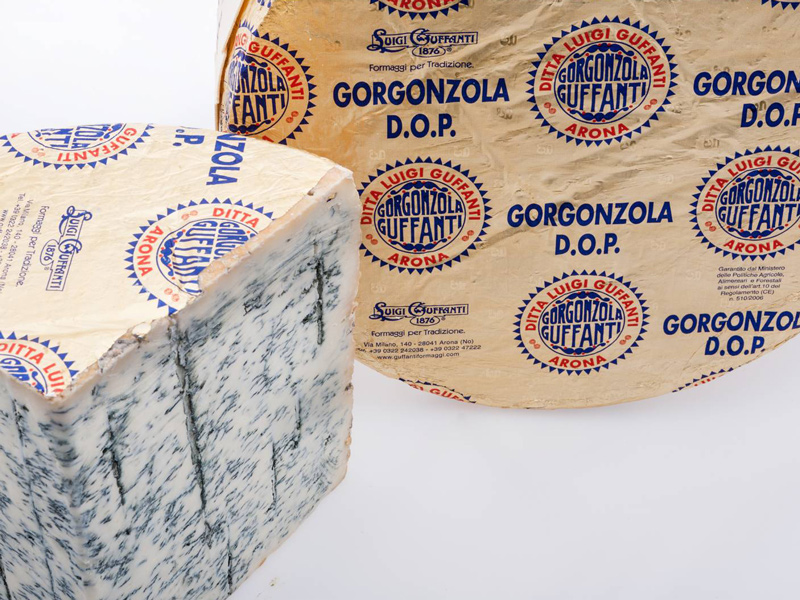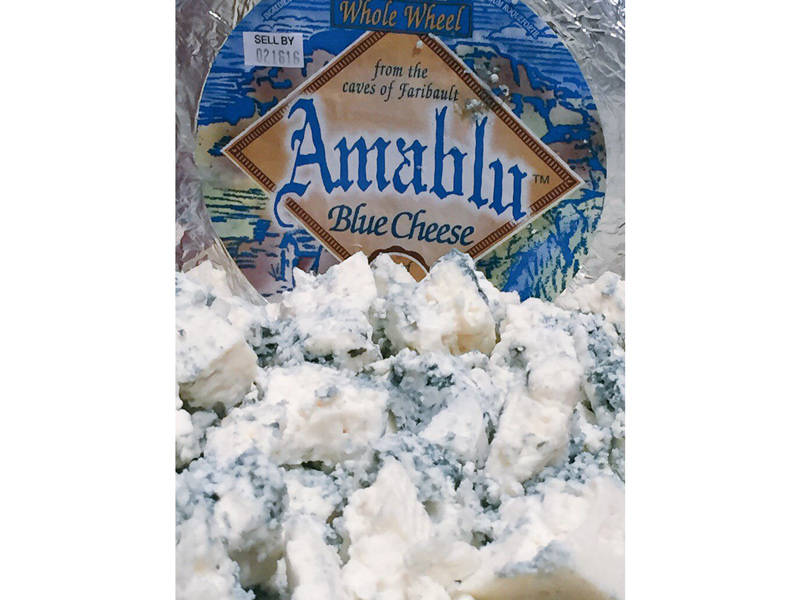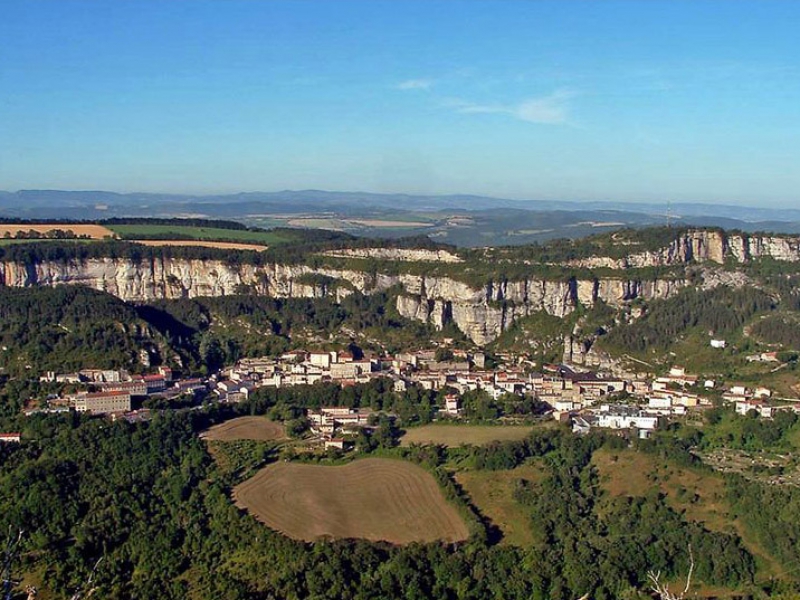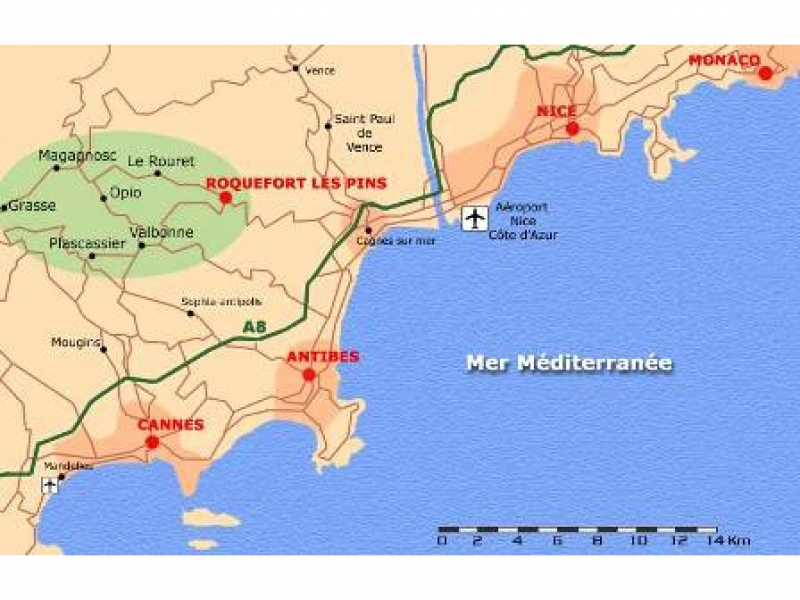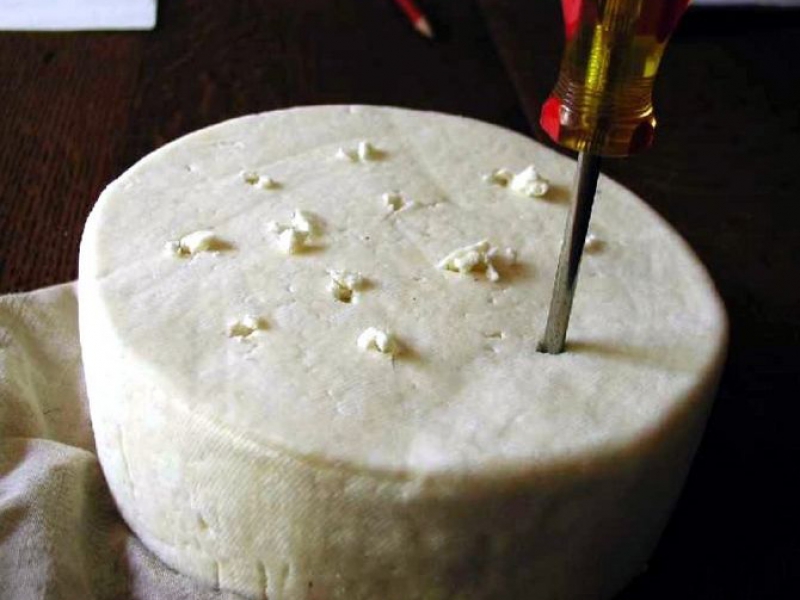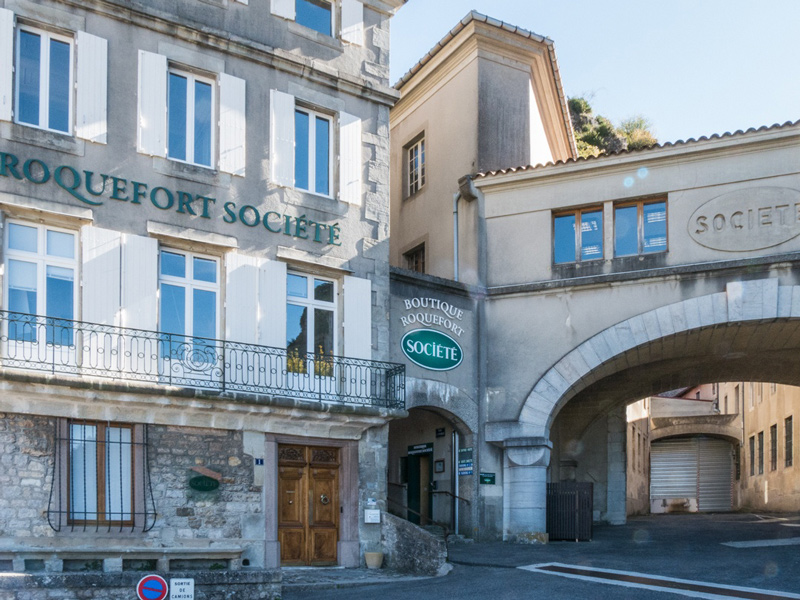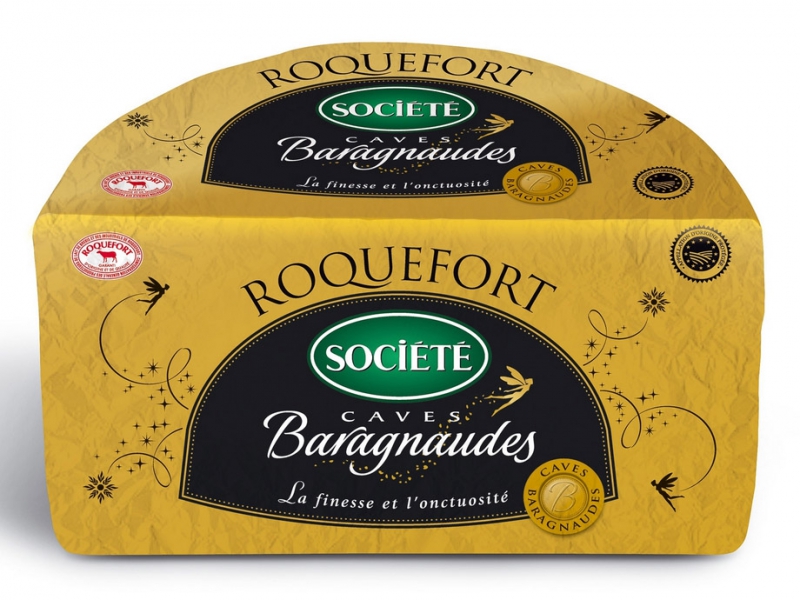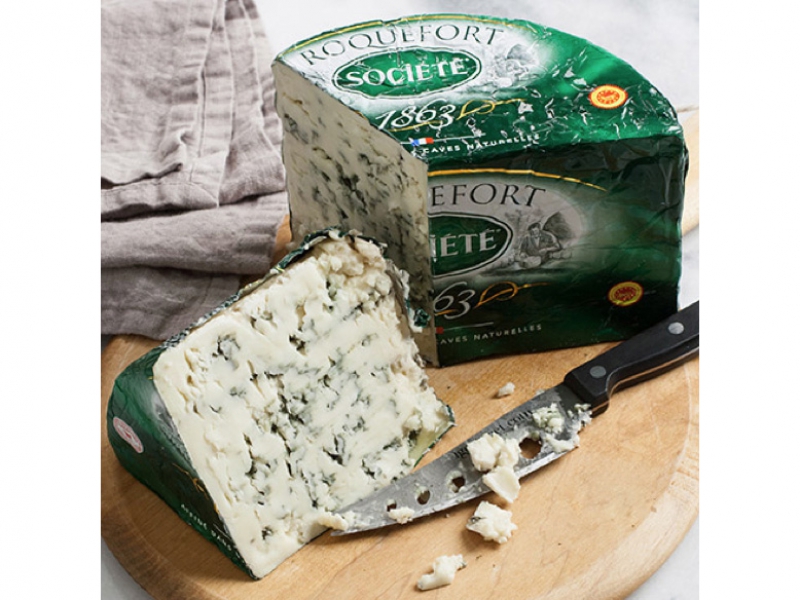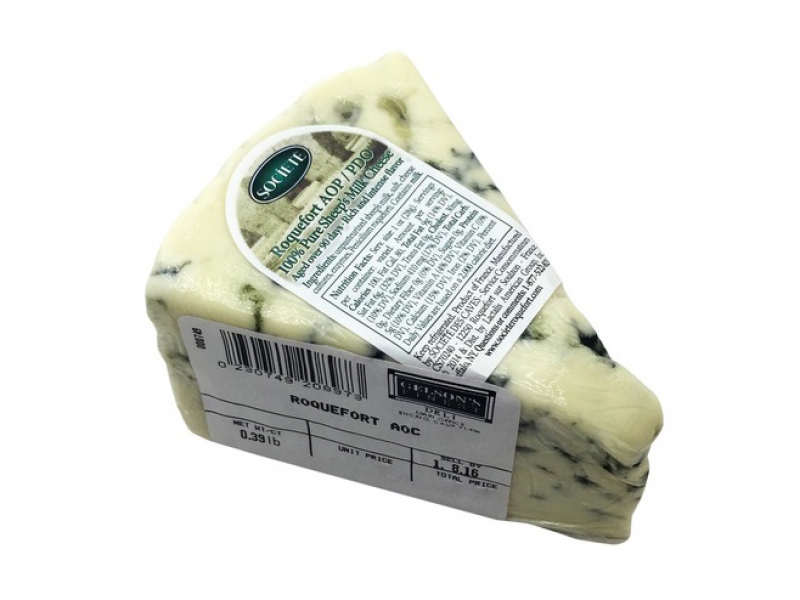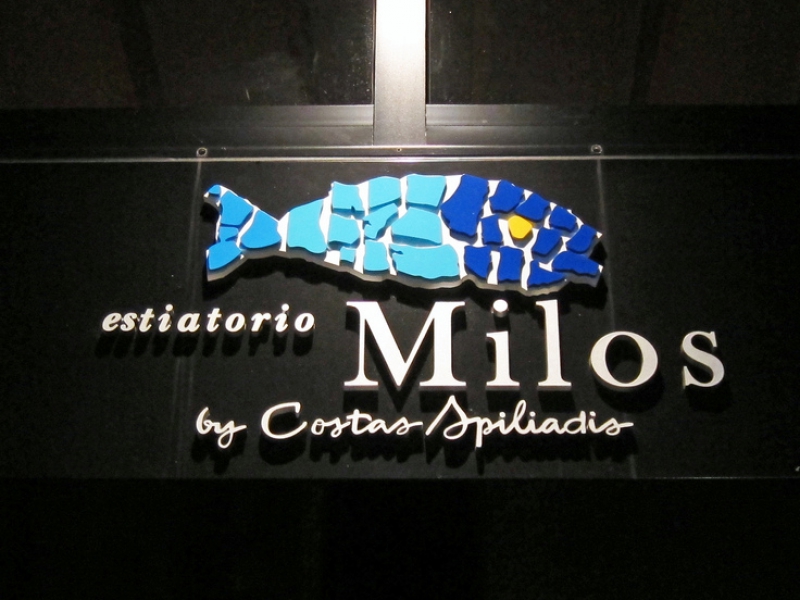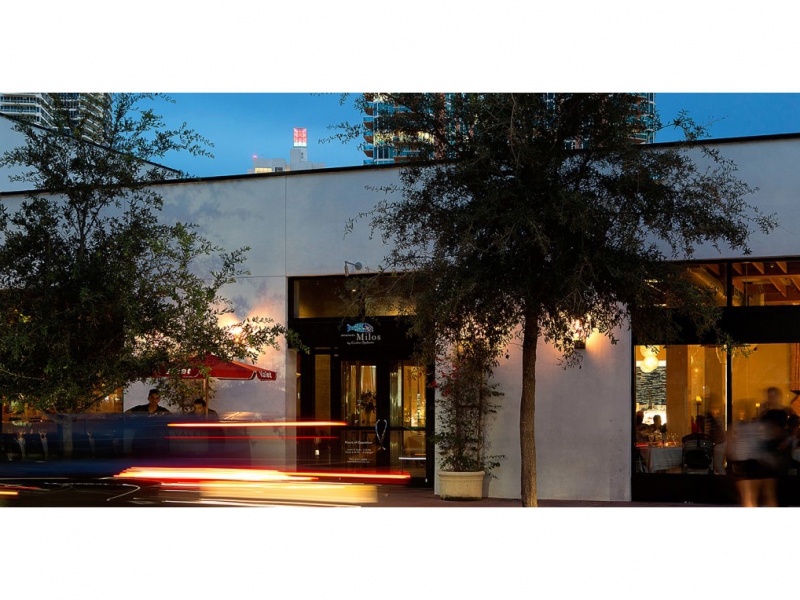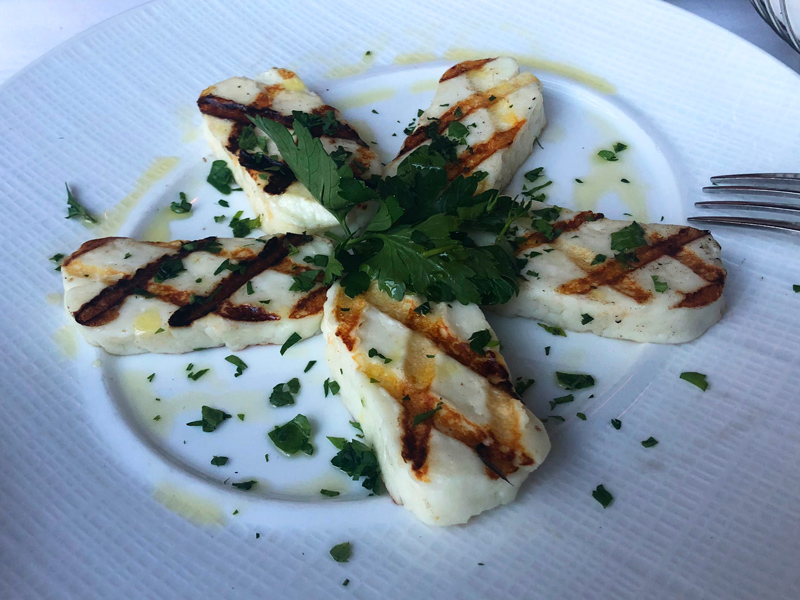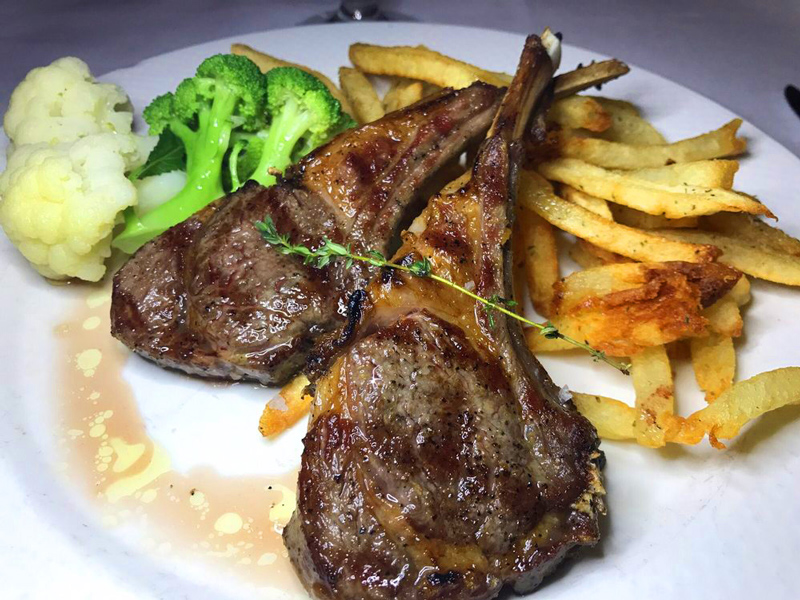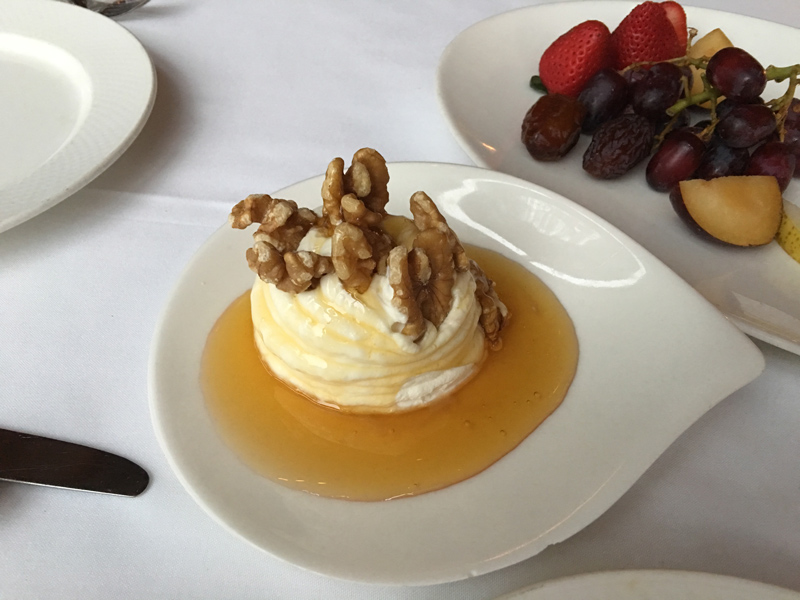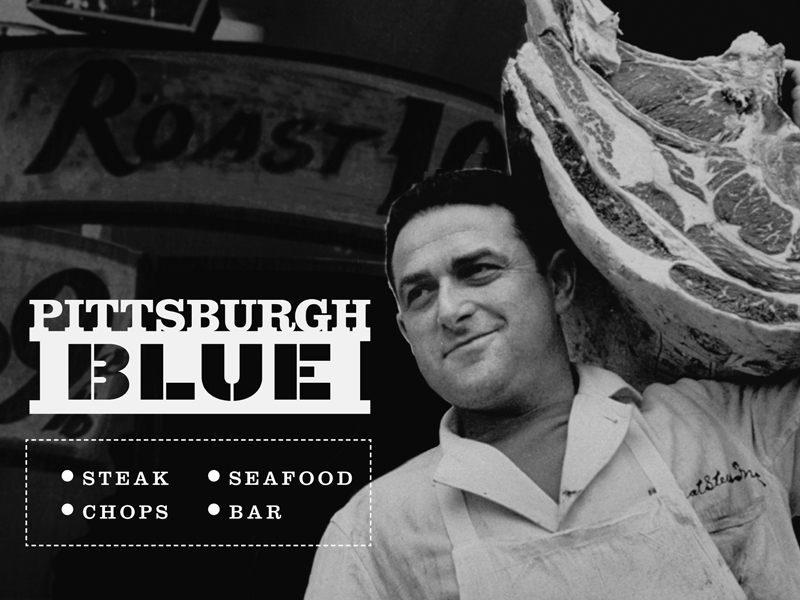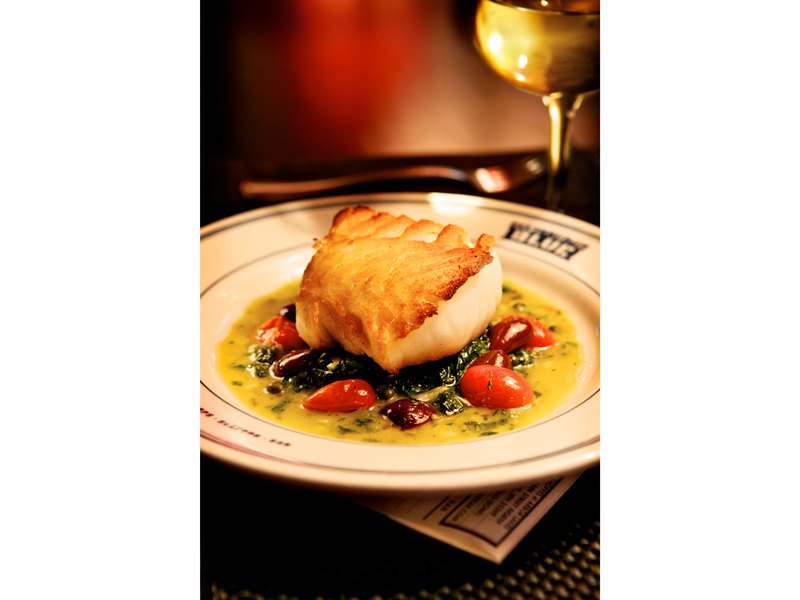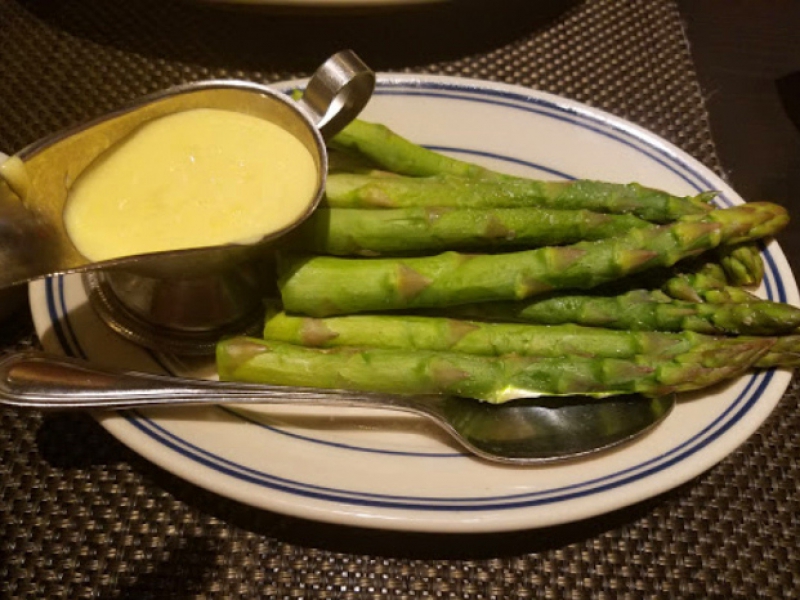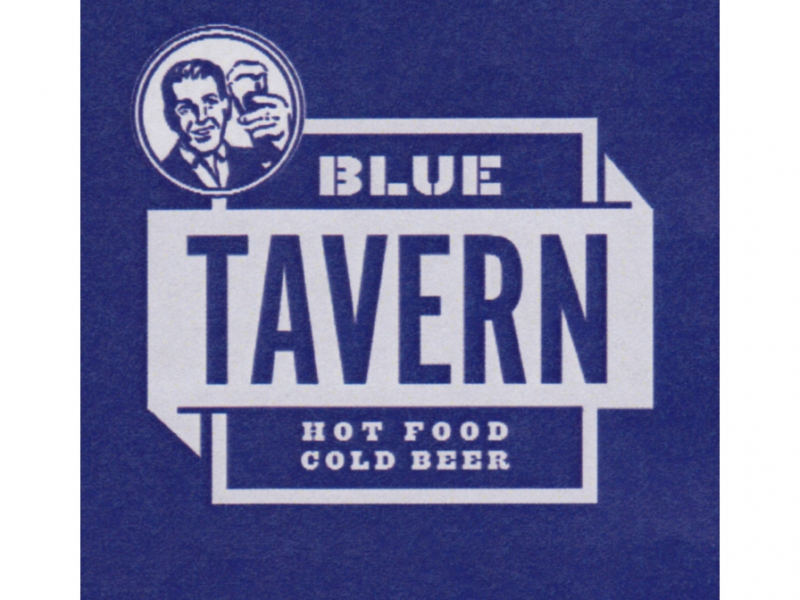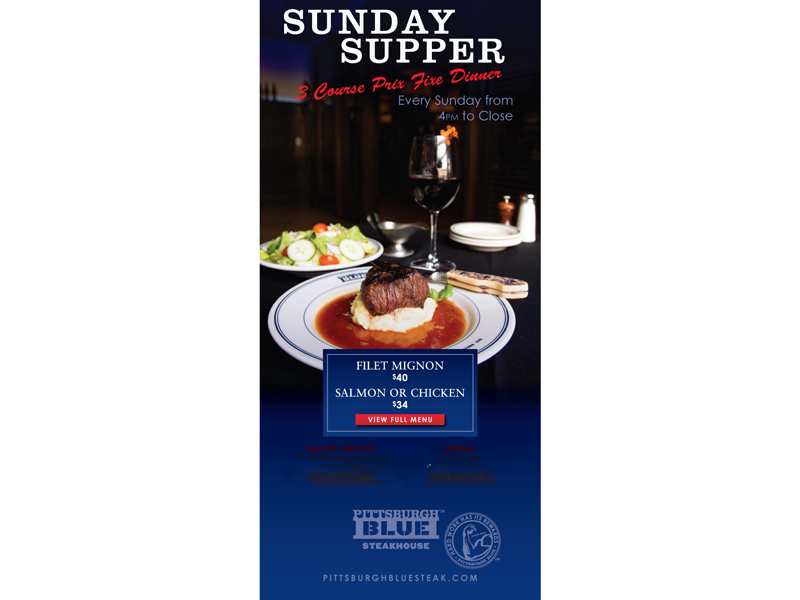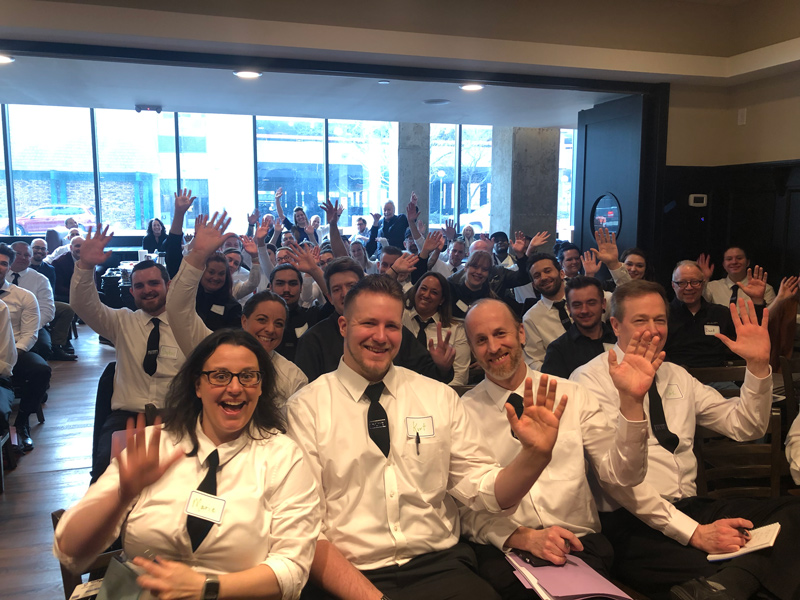I’m generally suspicious of restaurants that boast a great view… be it on the top floor of a high-rise, revolving on a space needle or on the waterfront. With a spectacular view under their command, how hard will the operators try to produce really good food? And how much will their clientele even care about it?
But occasionally… (frequently?)…I’m wrong. Such was the case recently, with friends, family and colleagues on a Parasole culinary hunt in Washington D.C., where we dined at SALT LINE, a seafood restaurant poised along the banks of the Anacostia River near the Washington Nationals baseball park.
A celebration and marriage of New England and Chesapeake seafood traditions, this Navy Yard hotspot really hit the mark.
SALT LINE’s large outdoor dining area and bar serve up unobstructed vistas of the river. But, alas, it was pouring rain when we dined there, so we were relegated to a booth inside. That was just fine because we still had a view of the river…and we were dry. Plus, there is something about a lazy, rainy and cozy late Sunday afternoon…downing fresh oysters and other good stuff with a bottle or two of white Burgundy.
And so it began…
…with four warm, comforting, pillowy Parker House rolls (like we serve at PITTSBURGH BLUE) with ramekins of herb butter and black olive tapenade. Only they charge for ‘em… 4 bucks an order.
Joanne ordered a cold and crisp Romaine lettuce wedge with green goddess dressing, heirloom tomato wedges and toasted hazelnuts. Another member of our party had a salad of farro and crunchy lovage, crowned with a deep-fried soft-cooked egg.
We all shared a platter of just-harvested briny Chesapeake Bay oysters and razor clams filled with ceviche. I love razor clams. We couldn’t help ourselves and marched on with two plates of Salt Cod “Coddies” set in place atop a dollop of yellow mustard. Each golf ball-sized croquette rested on a single Saltine cracker. Deep-fried Ipswich Clam Bellies (not the cheap strips) also found their place on our table, along with two orders of “Stuffies” – fist-sized Quahog clam shells filled with chopped clams, lemony buttery bread crumbs and spicy Portuguese “linguica” sausage. In a nod to the Deep South, a Pimento Cheese Crab Dip rounds out the appetizers.
SALT LINE puts out serious main courses as well. One of us had the monkfish, served in a pool of green Romesco sauce. She pronounced it quite good, but to my mind it was just a little too precious for the surroundings. I prefer the less tricked-out dishes.
Two kinds of lobster rolls are offered – both loaded up with tail & claw meat ONLY. The “Connecticut-style” lobster role is topped with a hefty sprinkle of white Maldon salt flakes and comes with melted butter. I’ve never heard of Connecticut-style lobster rolls; they’re certainly not a pure play, but I’m sure they’re delicious. We, however, opted for the more traditional Maine-style version, heaped with fresh chunks of lobster tossed in homemade mayo with shallots, tarragon and cracked black pepper. Both iterations come with a choice of Old Bay Fries or a small green salad, and both were authentically served on Pepperidge Farm lobster roll buns.
On this cold and rainy late afternoon, the Portuguese Stew was a wise choice – and a hearty one, featuring clams, mussels, and bluefish in a powerfully smoky broth with fennel, cilantro, new potatoes and coin-sized pieces of chorizo. It was accompanied by garlicky slices of toasted sopping bread.
Salt Line also offers a couple pastas. One seemed a bit contrived and forced: Bucatini with lump crab, English peas, crab fat aioli, fennel and sweet corn ($25). The other pasta, while unusual, had more focus and turned out to be really good. It was Uni Carbonara (uni is sea urchin; a sorta headless porcupine). It hit all the right buttons…salty, briny, with sweet and umami notes. I thought about testing it in one of our restaurants, but I just don’t know if Minnesotans will eat sea urchin.
Desserts were headlined by a wonderful Blueberry Ice Box Cake as well as a giant three-scoop Banana Split.
But I have to say that, as good as all this stuff was – and it was good…very good – I hit the mother lode with my selection. Soft Shell Crabs were in season and they arrived at the table piping hot, crispy and crunchy, bathed in a fiery hot sauce with housemade bread-and-butter pickles, and set on two slices of white Wonder Bread toast. The dish was a clever riff on the iconic Tennessee dish, Nashville Hot Chicken. And HOT it was. It burned sooooo good…TWICE.
W.T.F.
Phil
